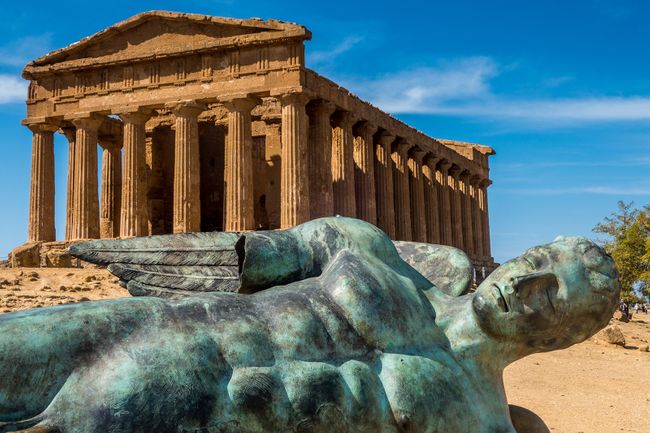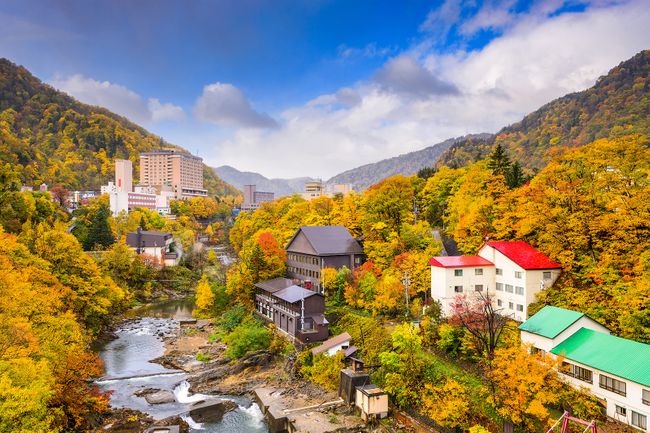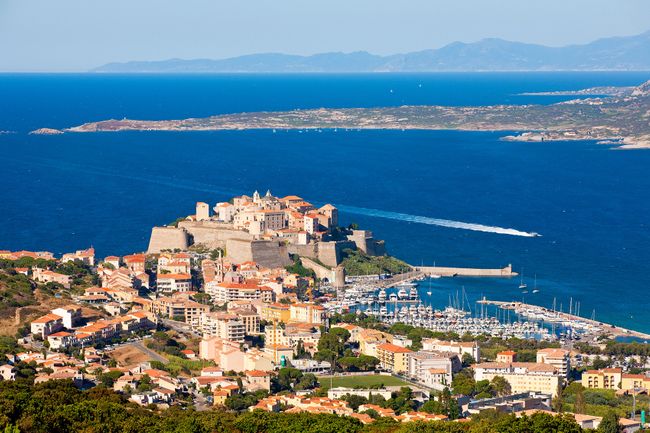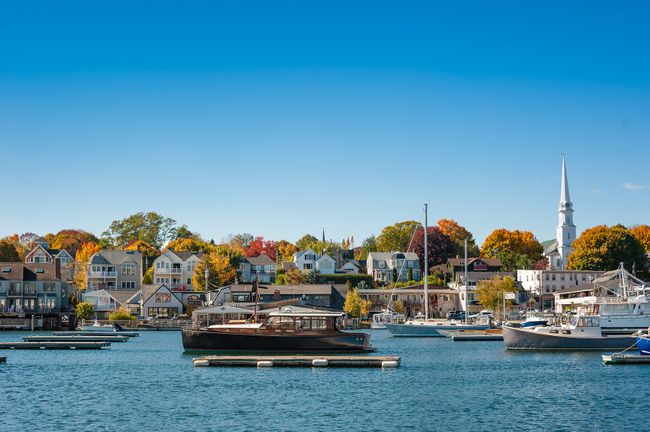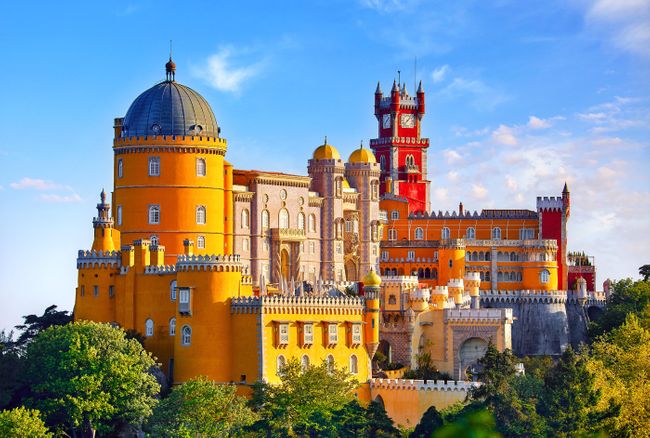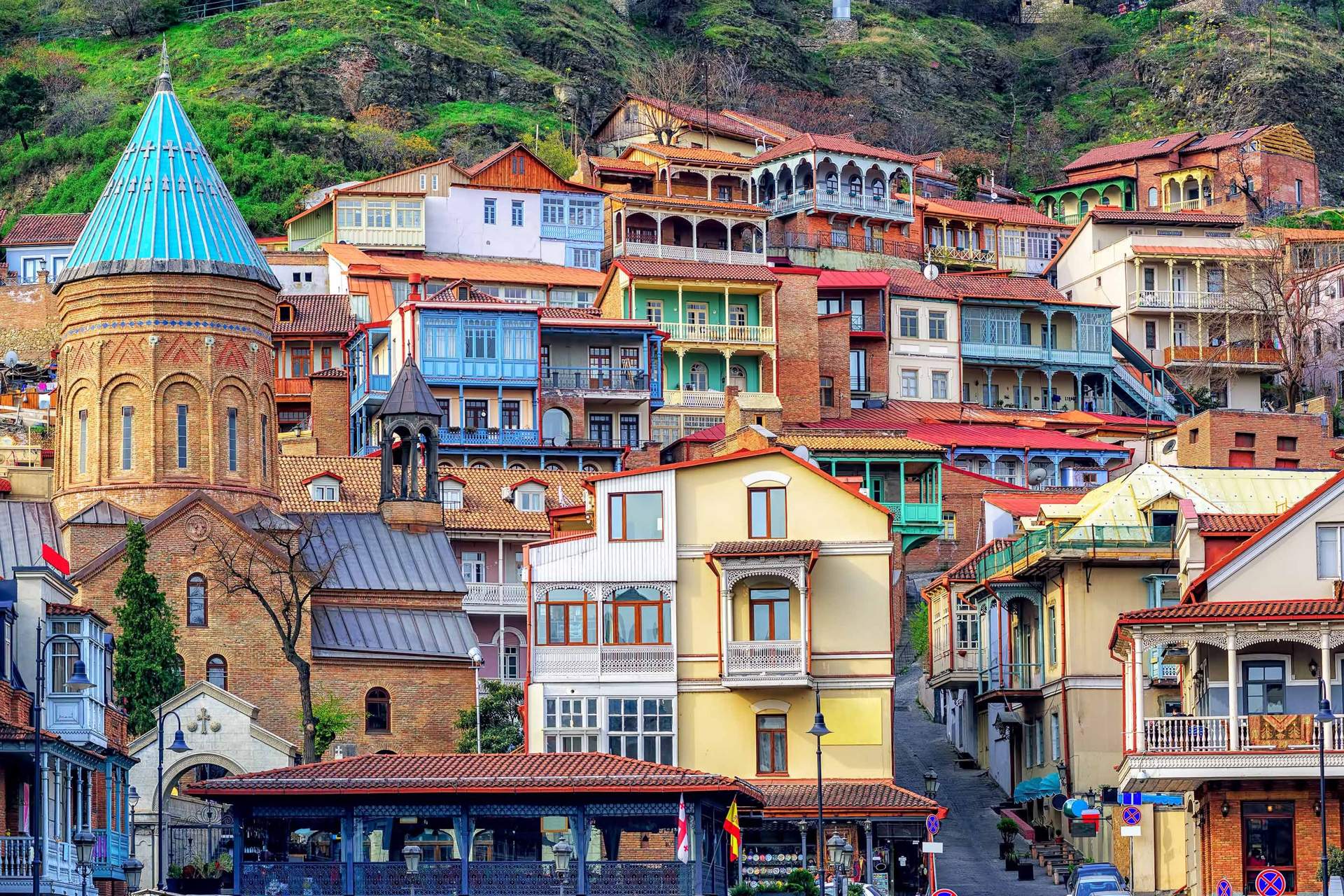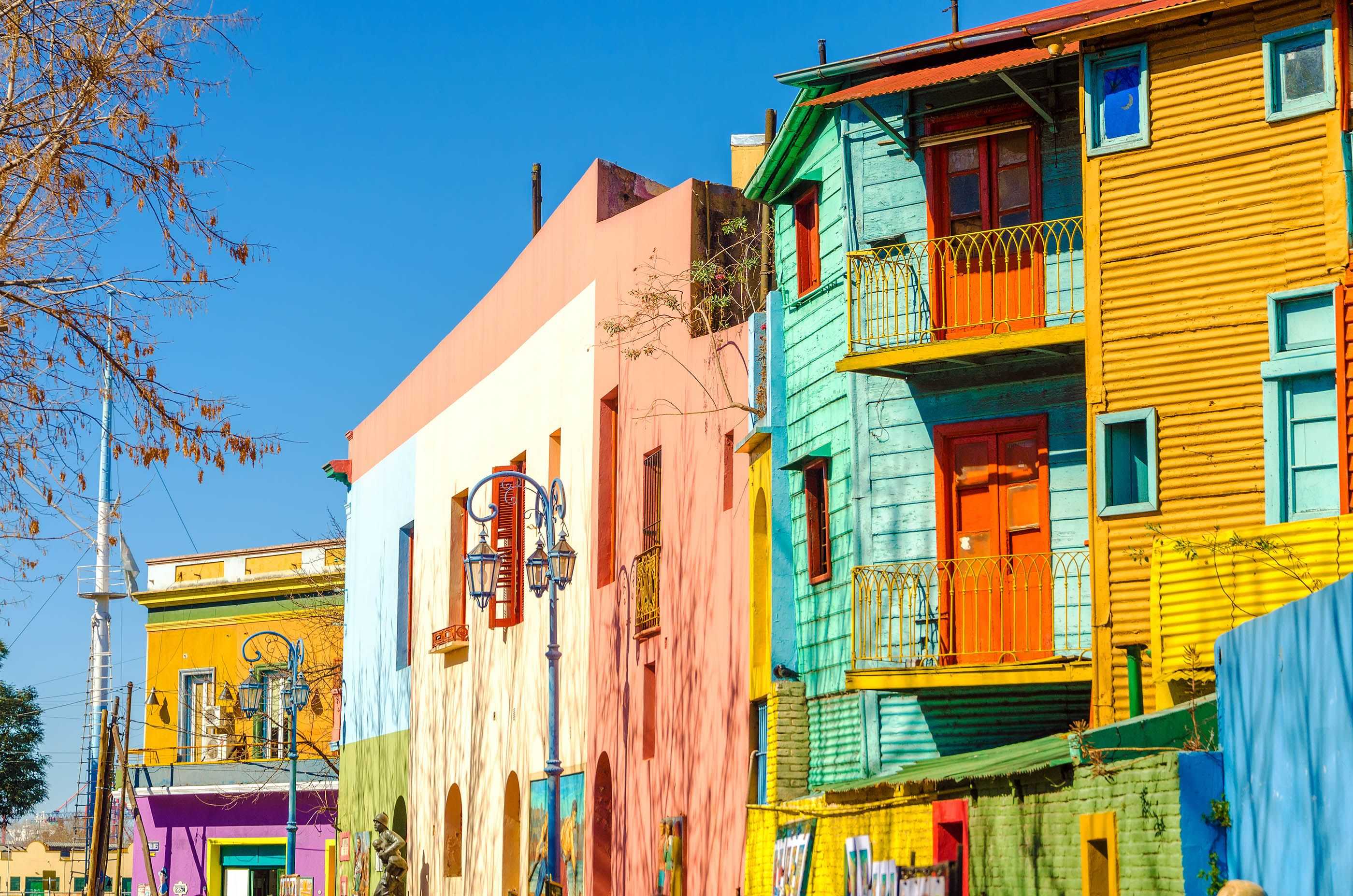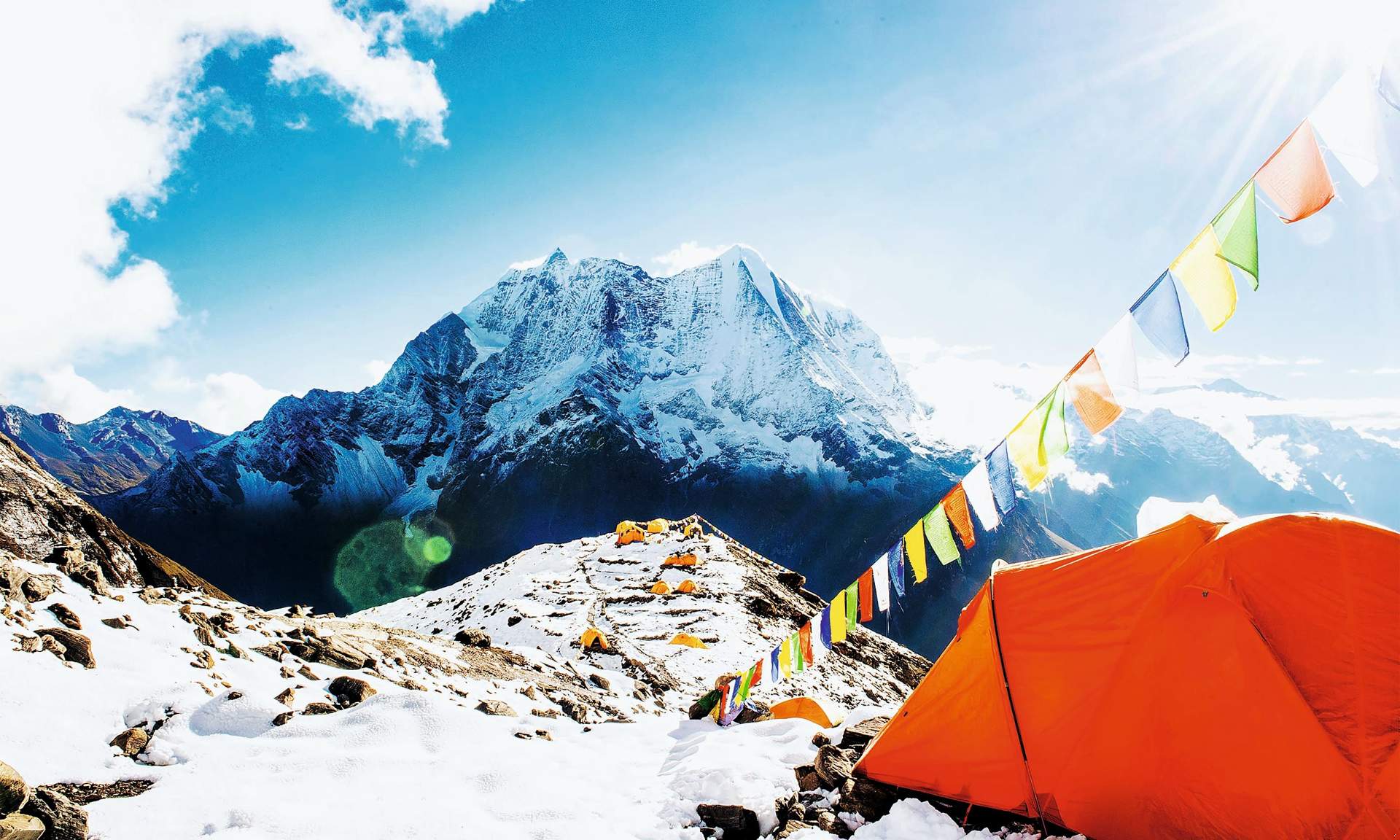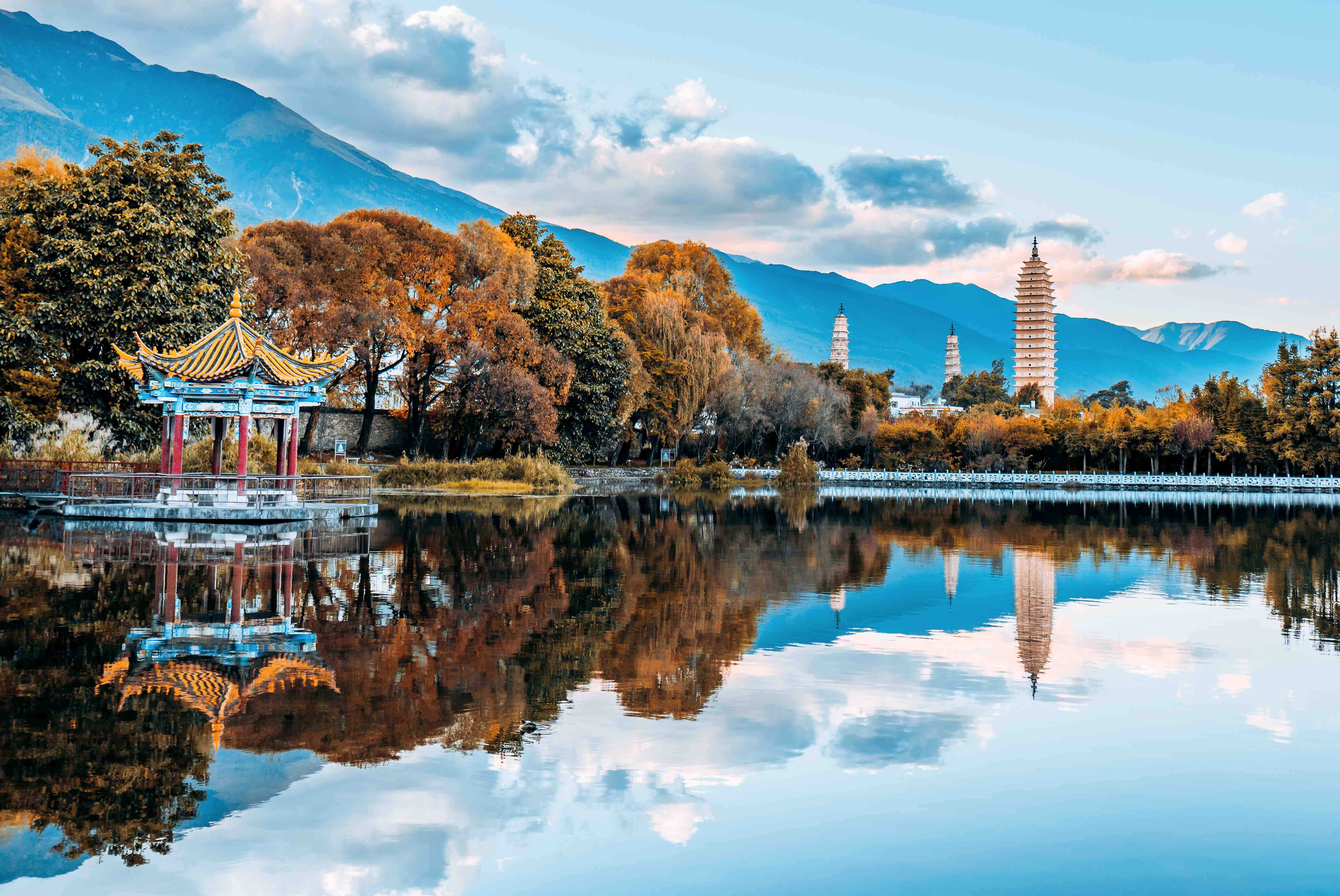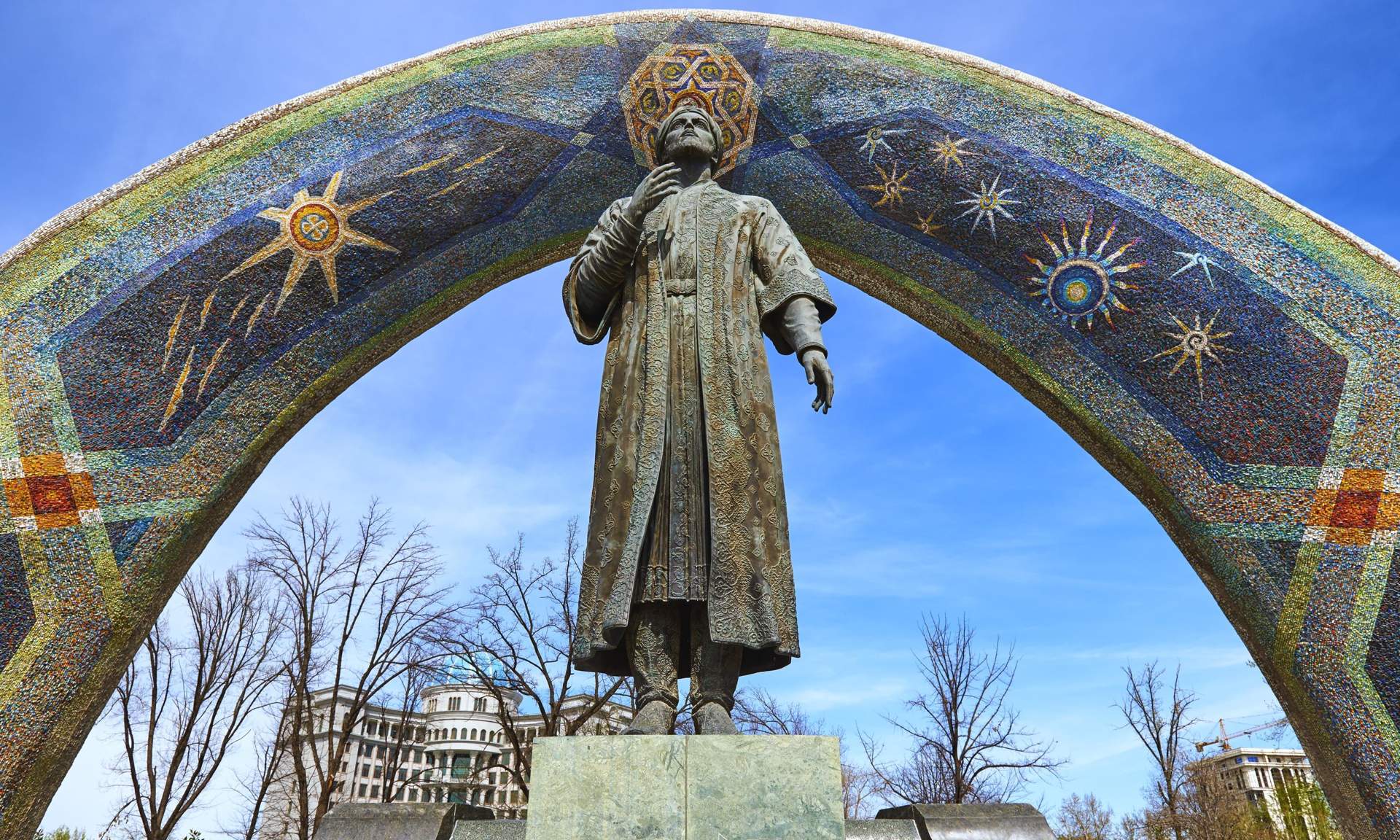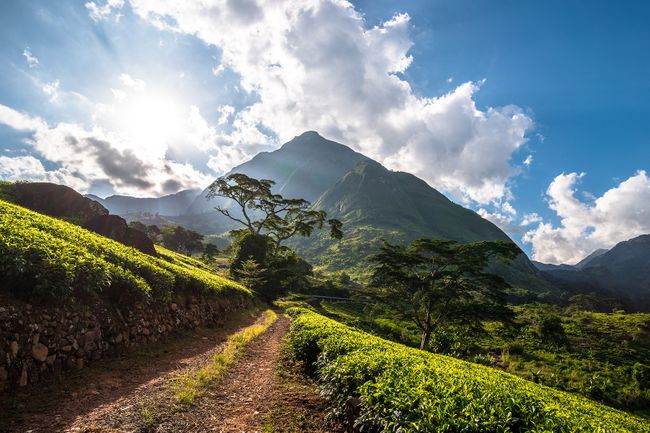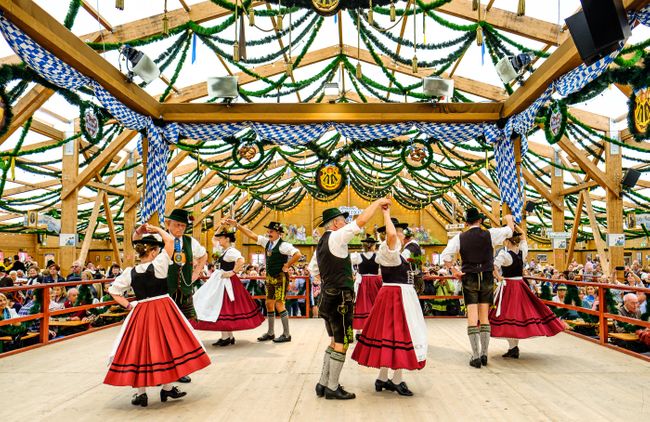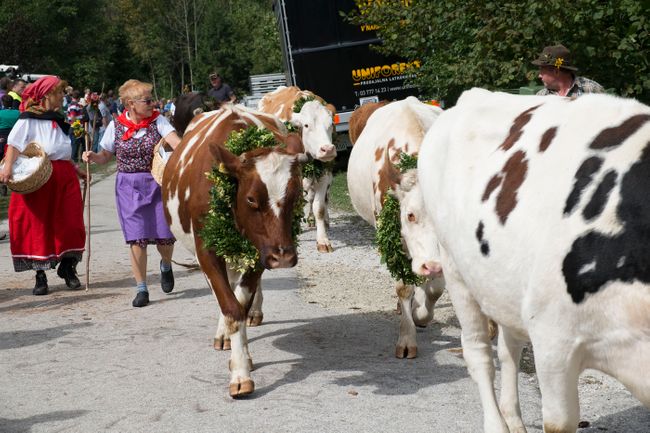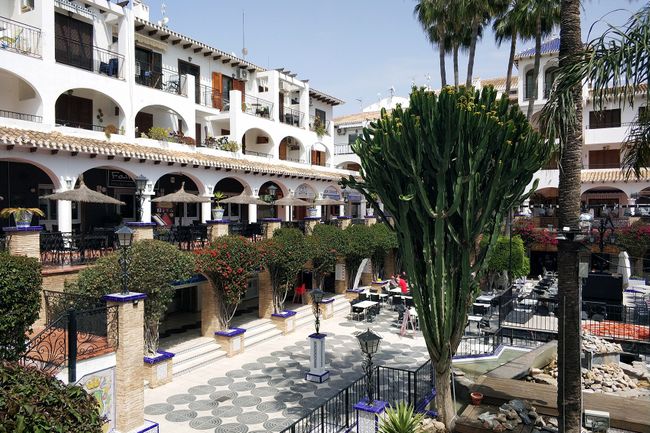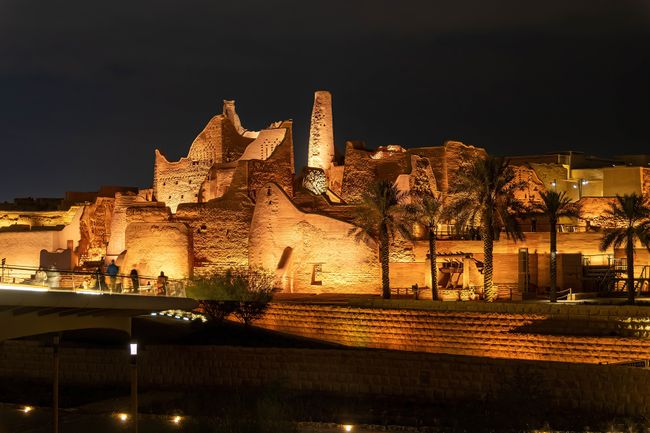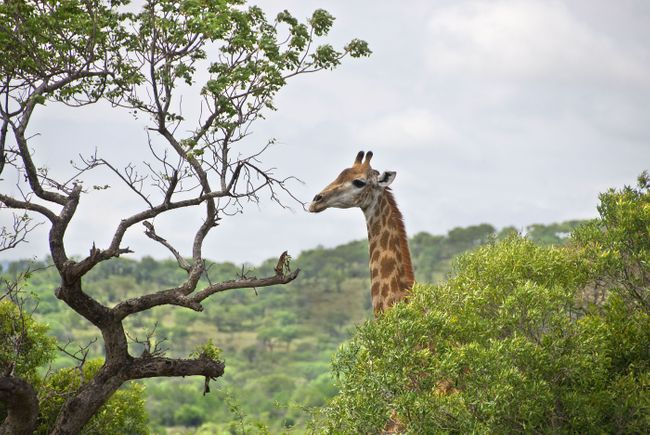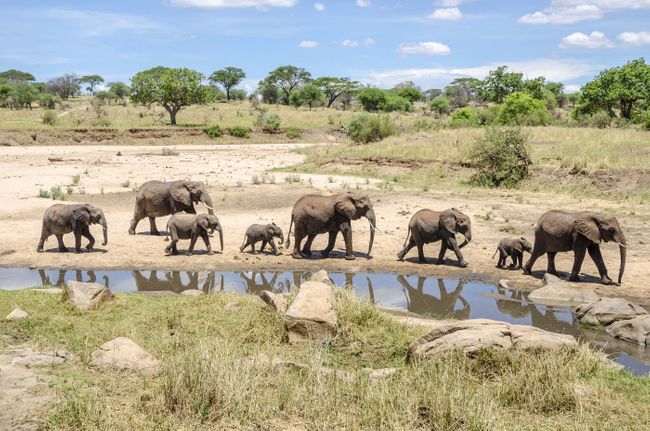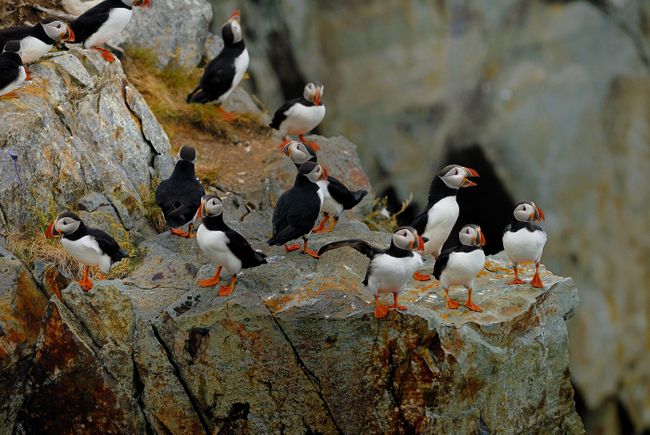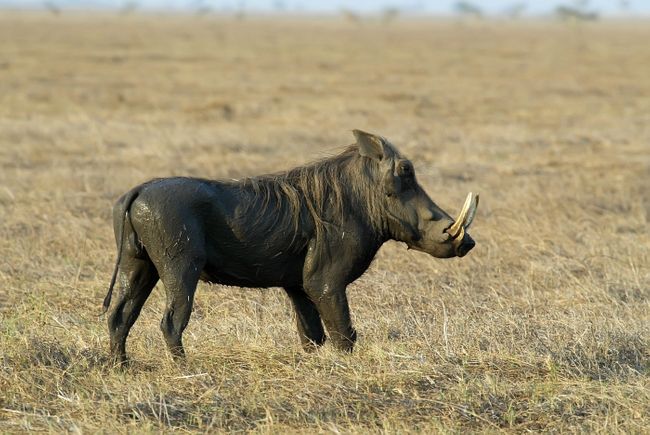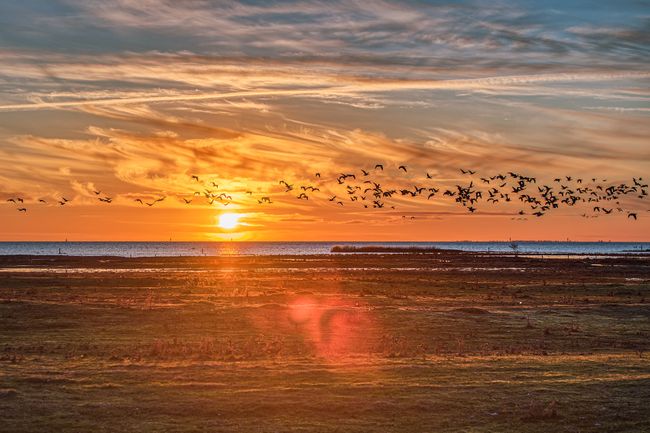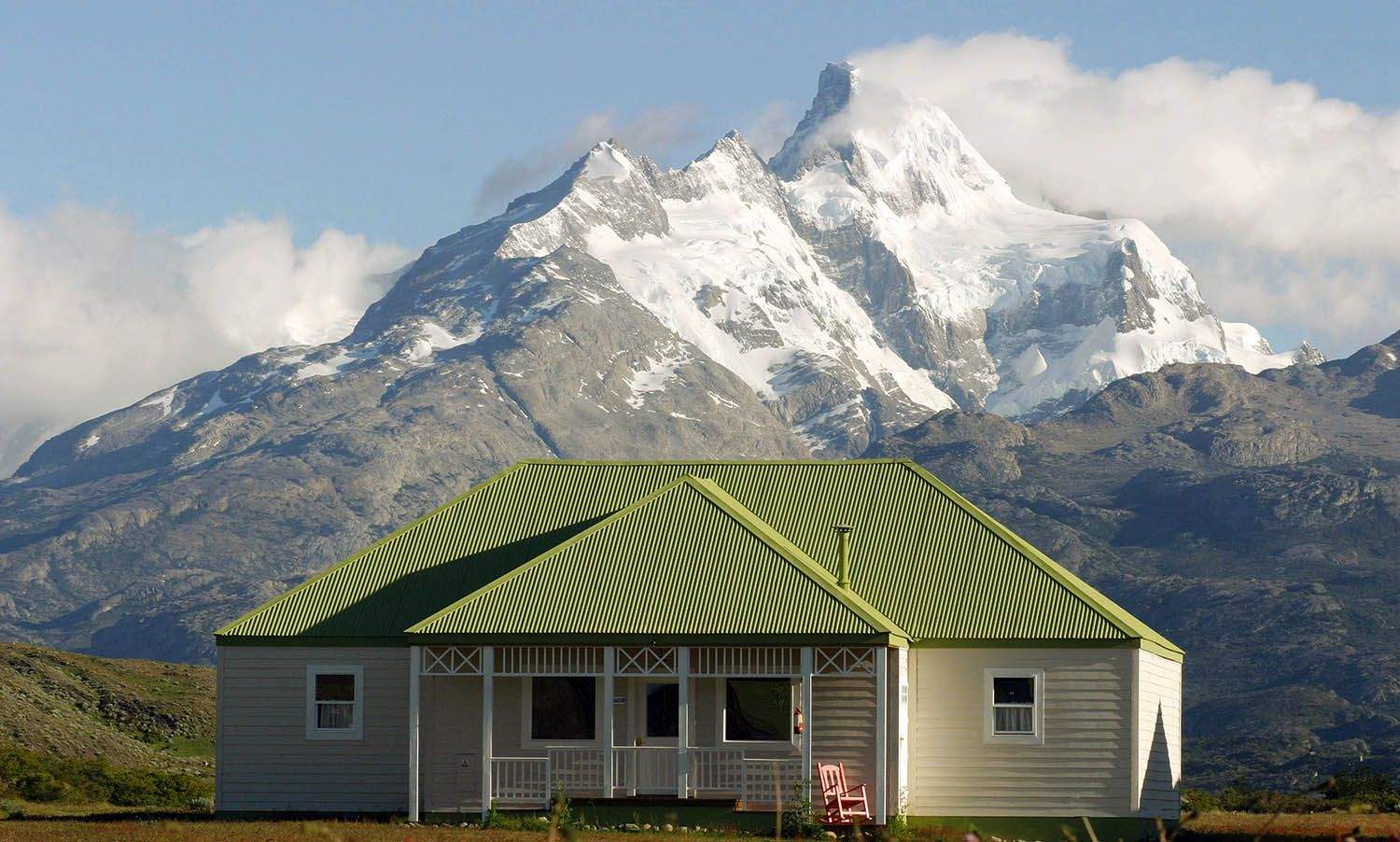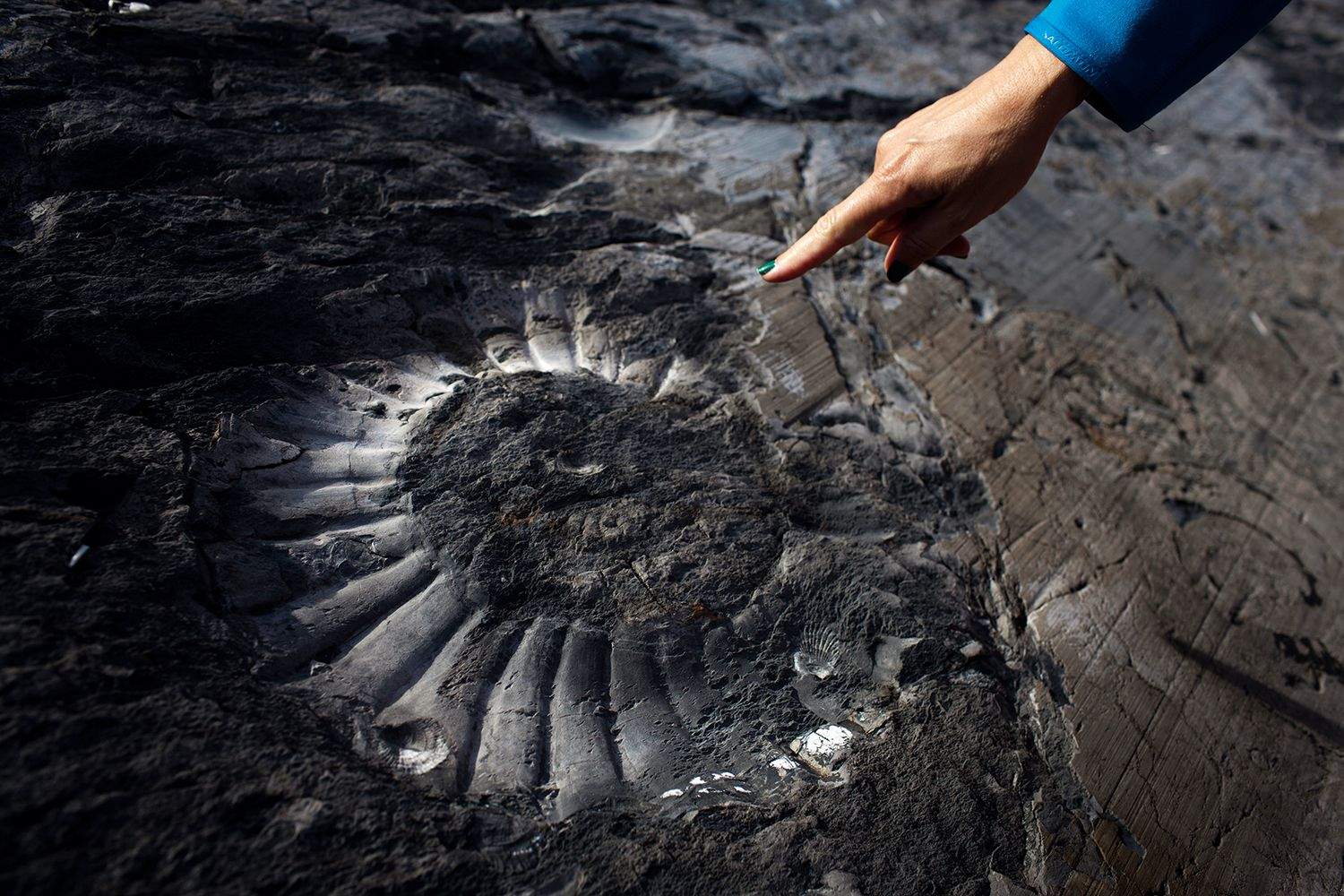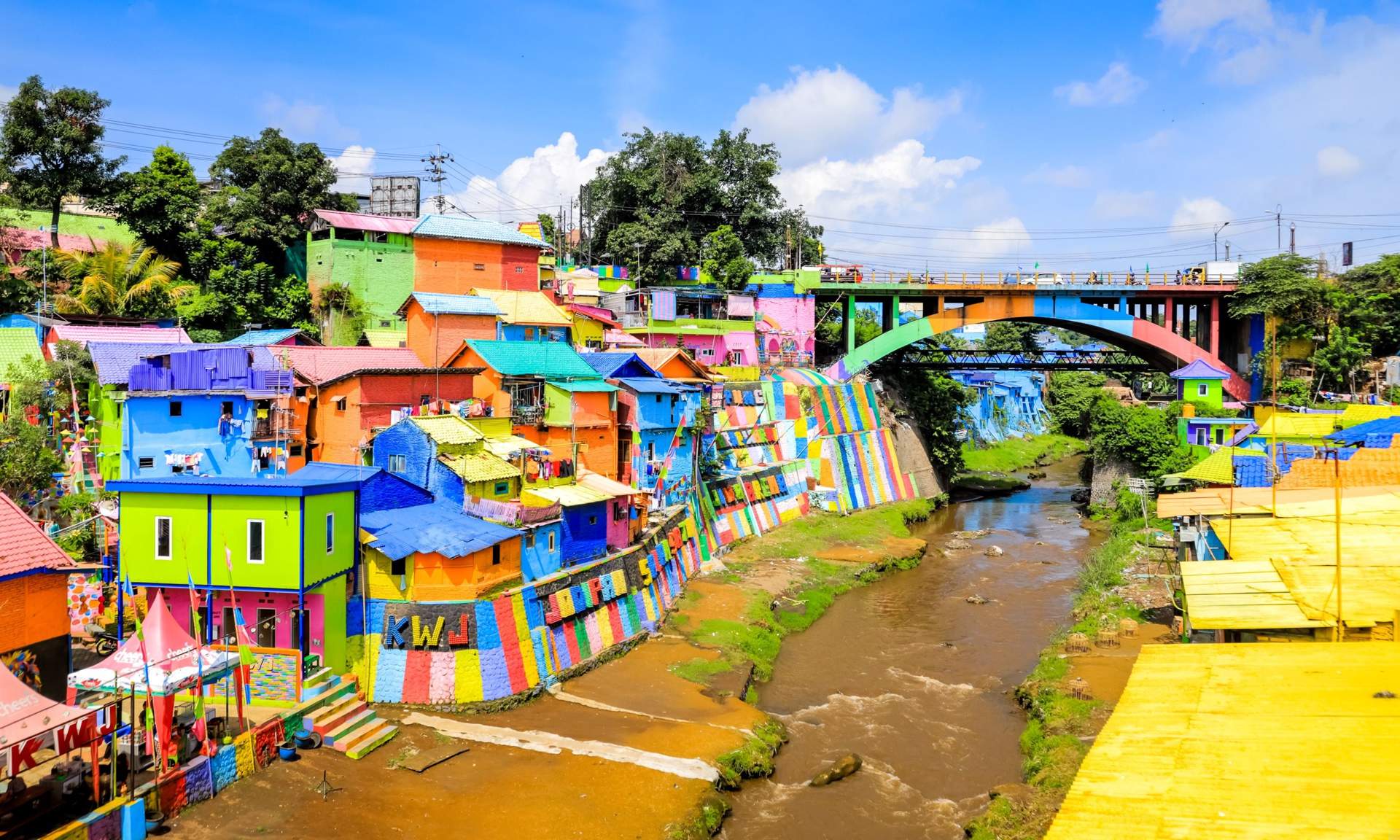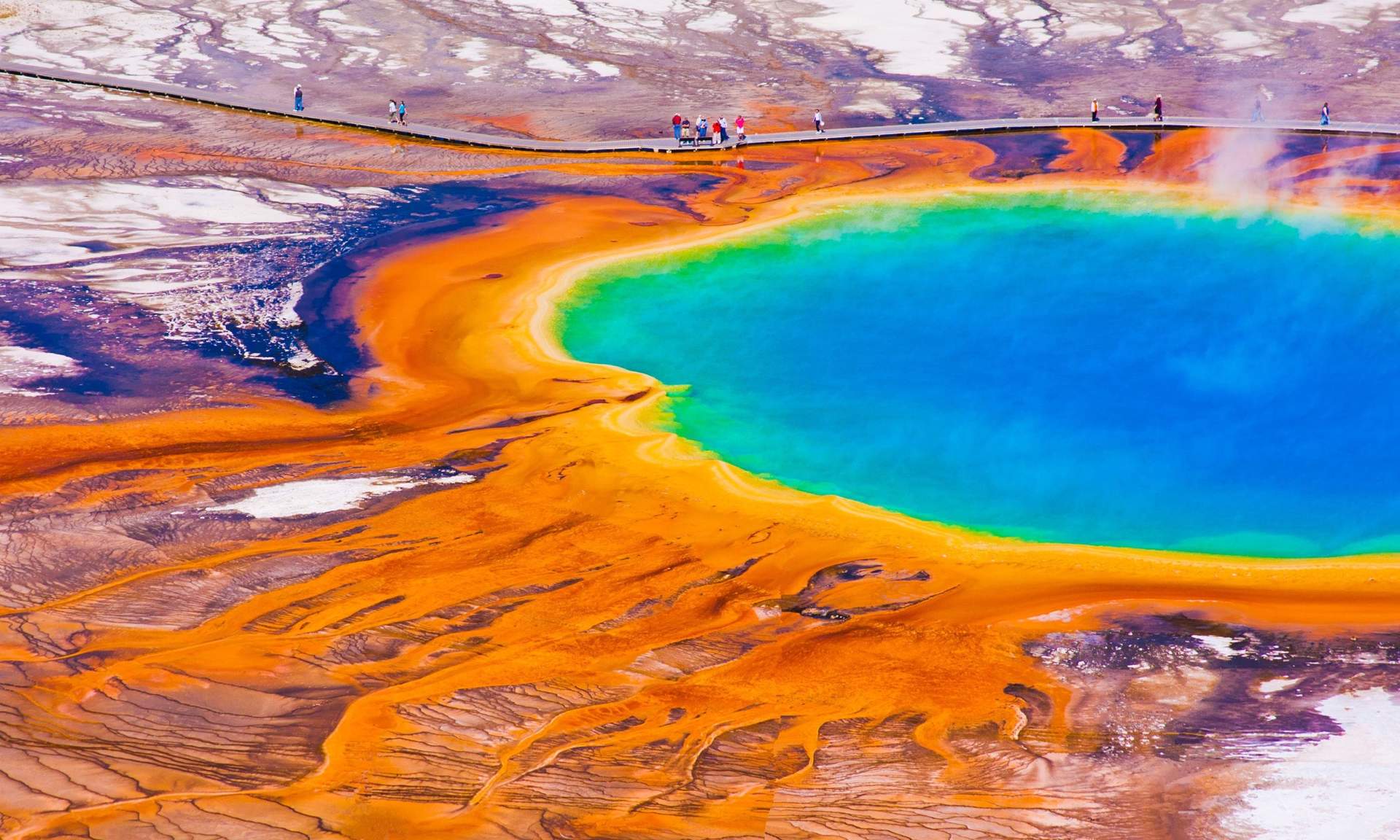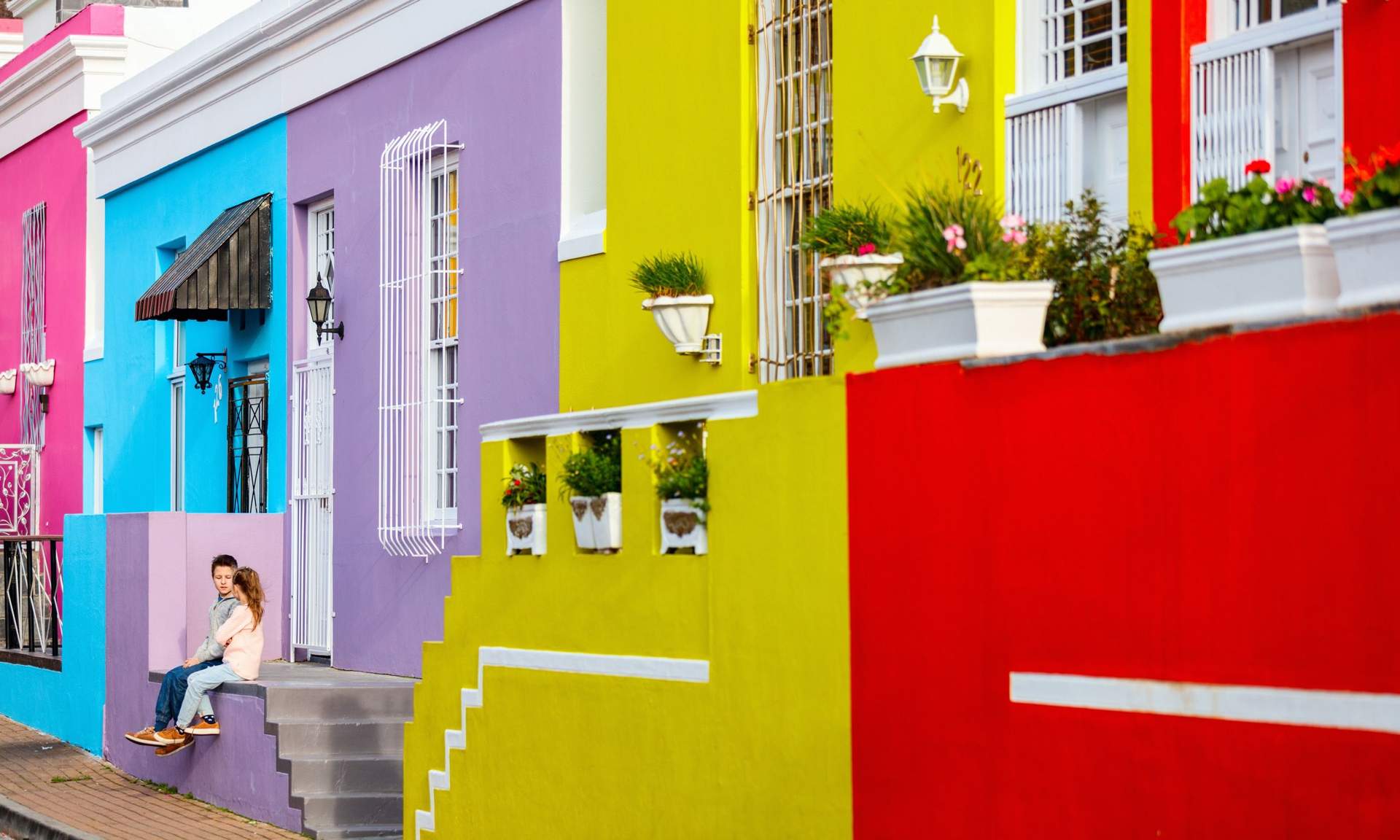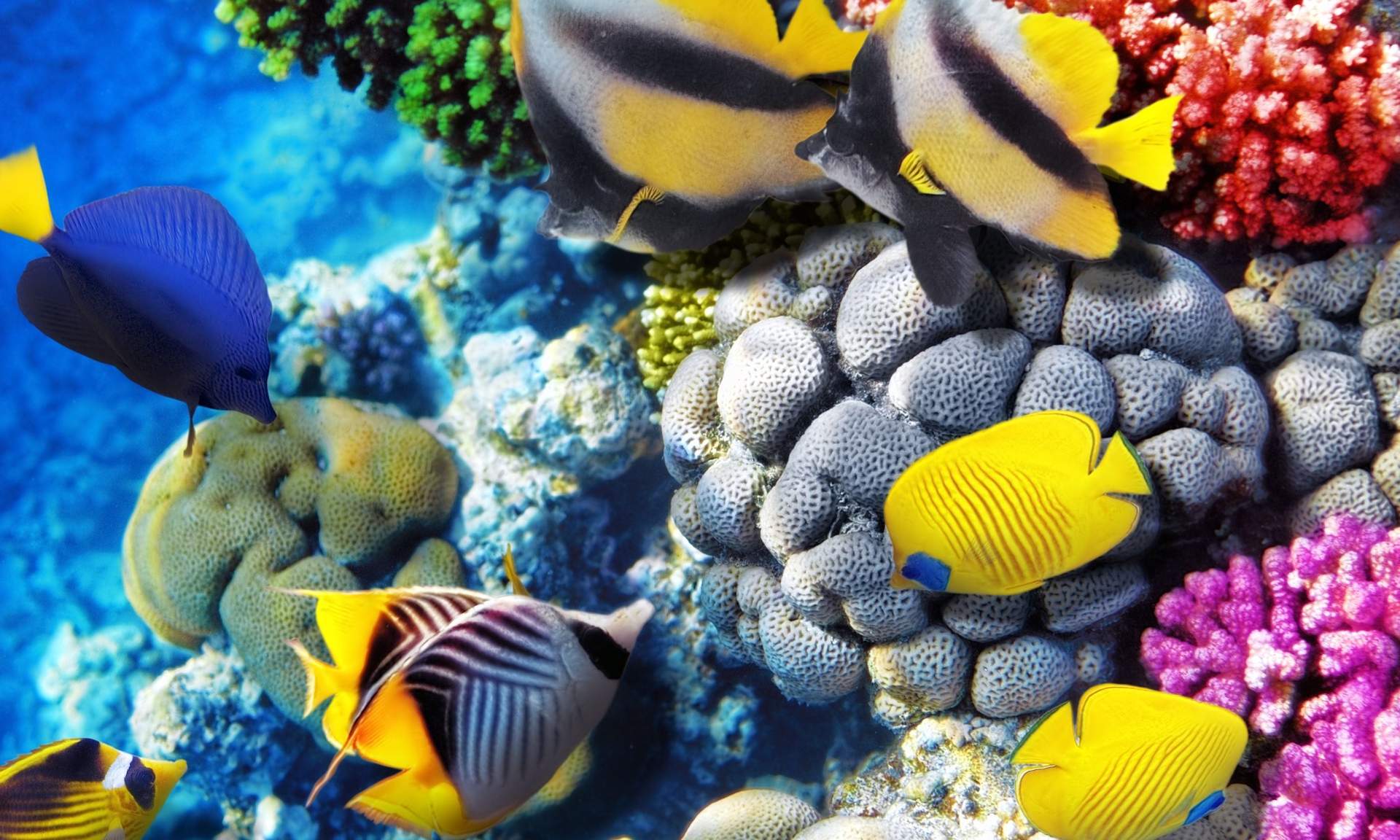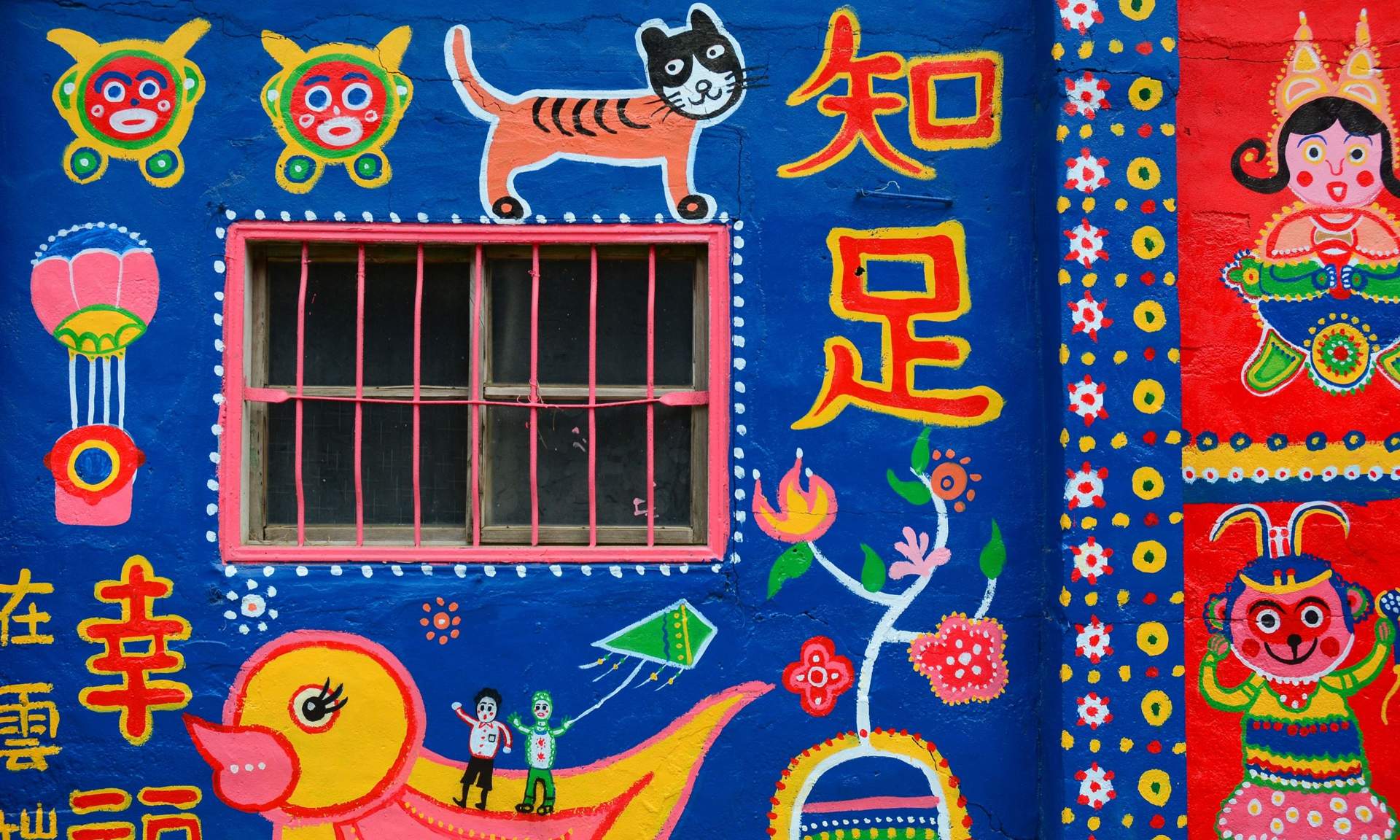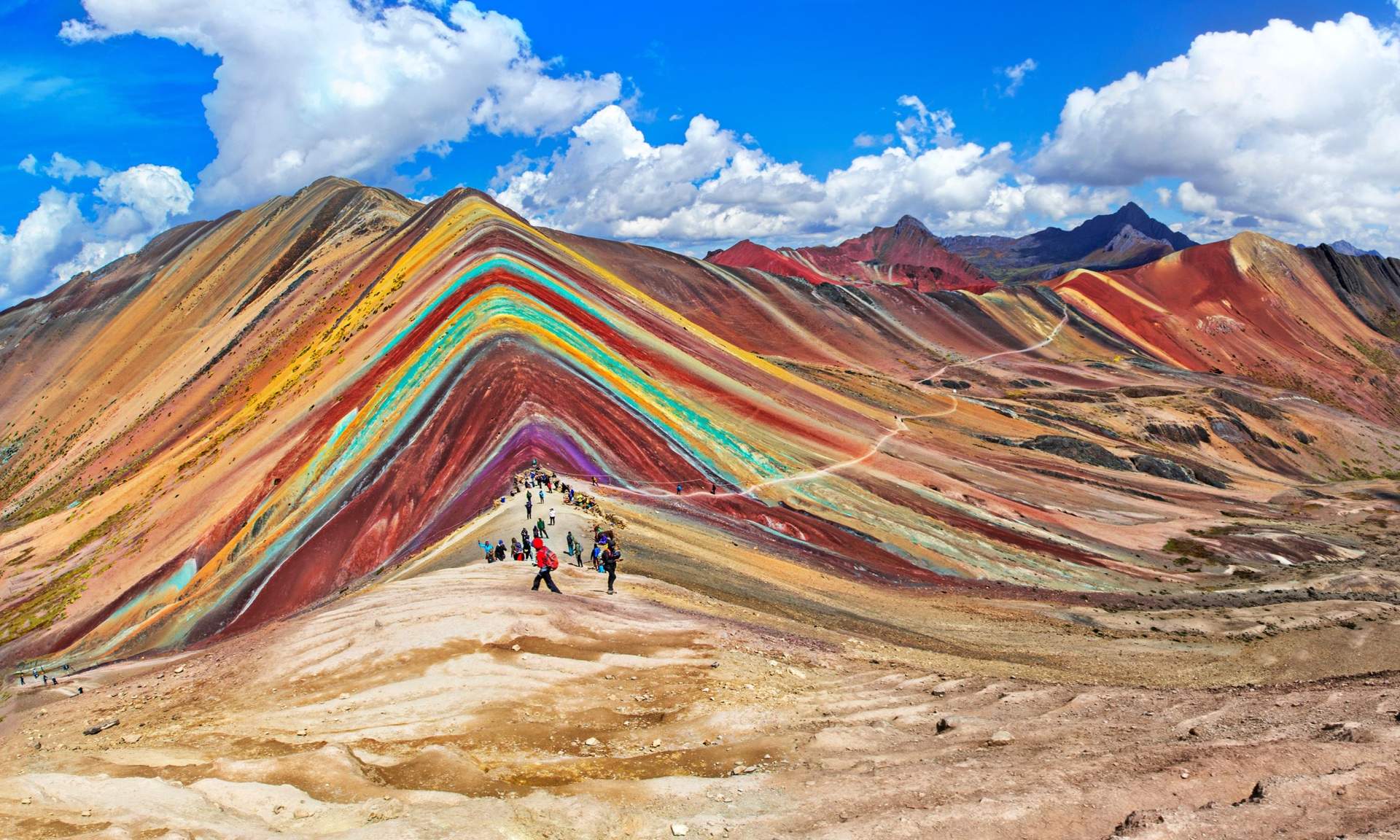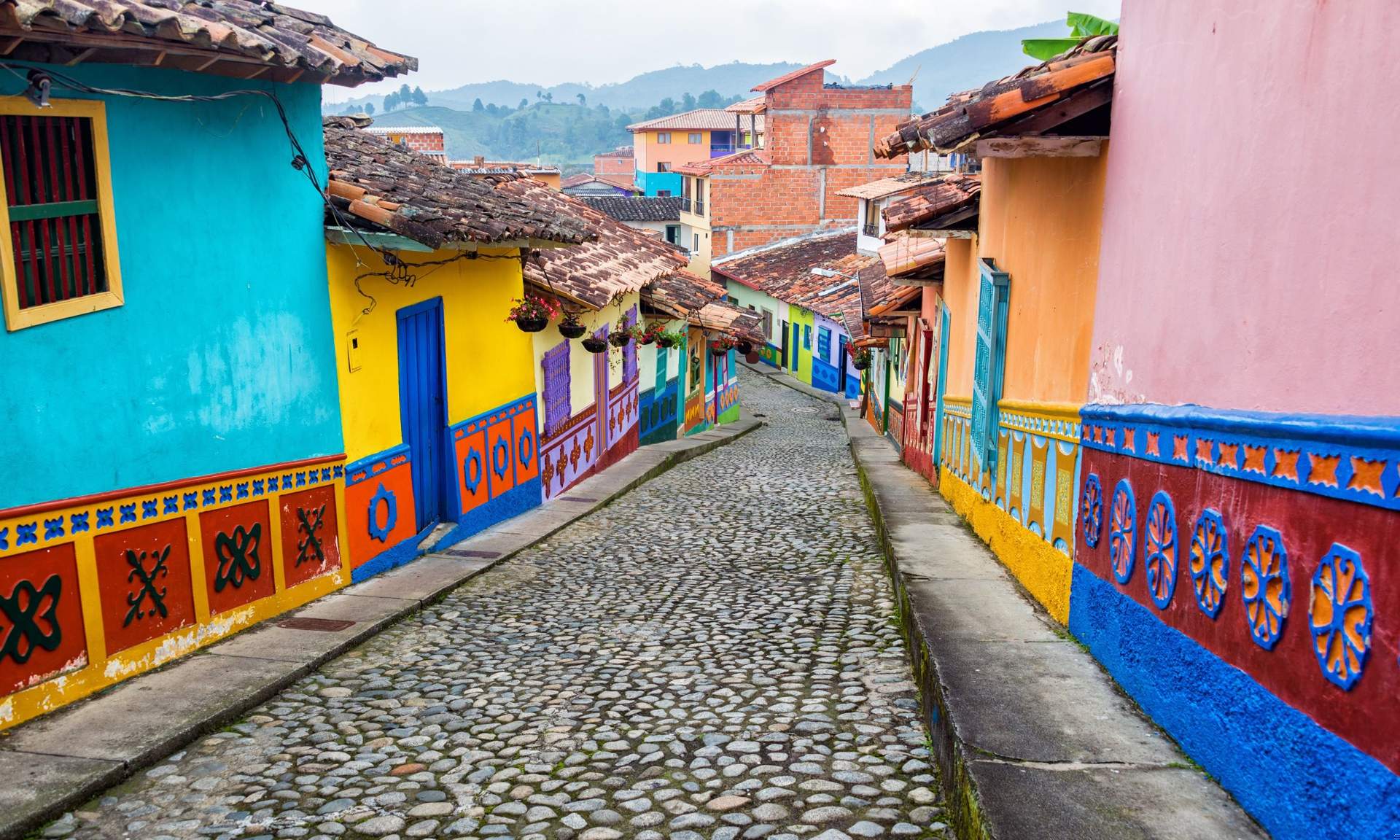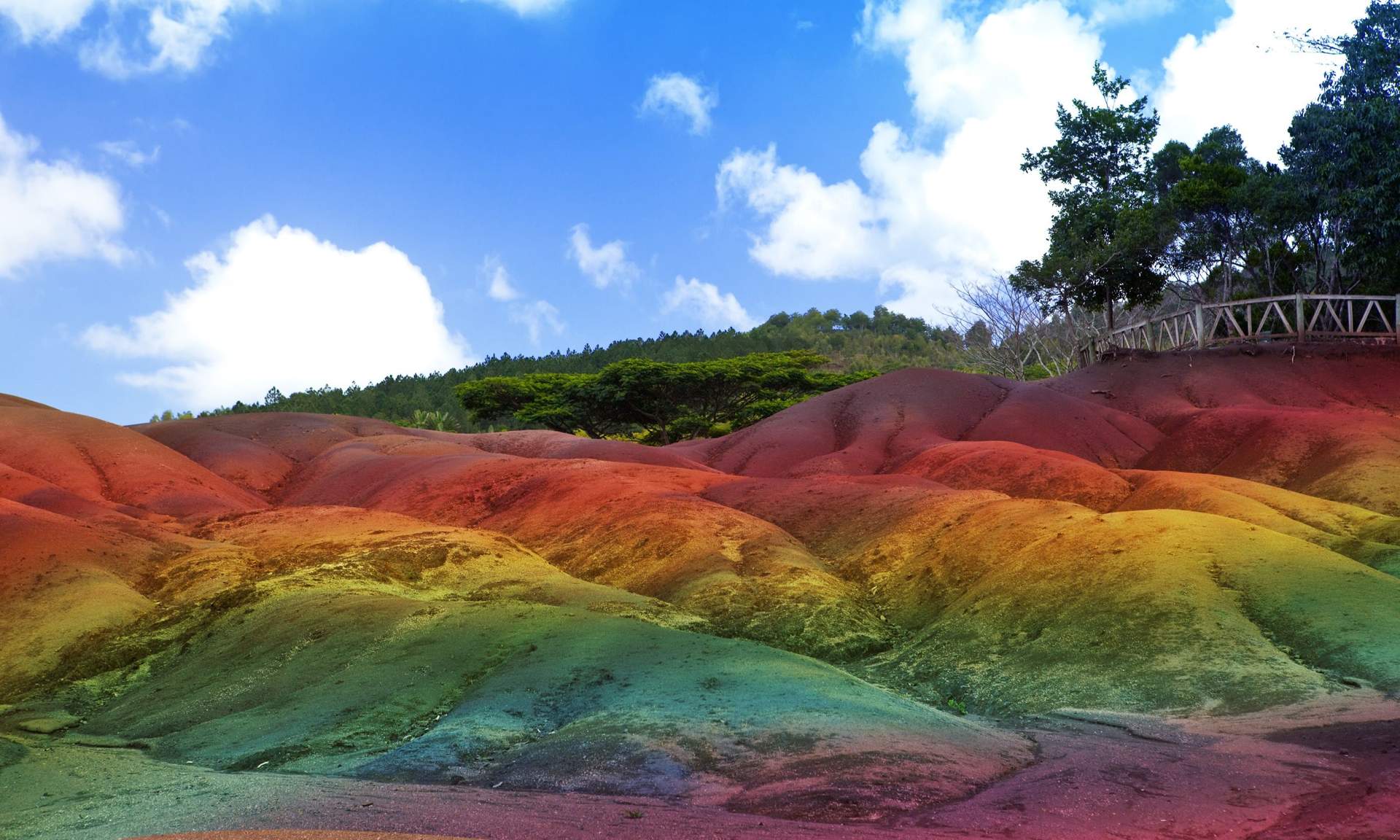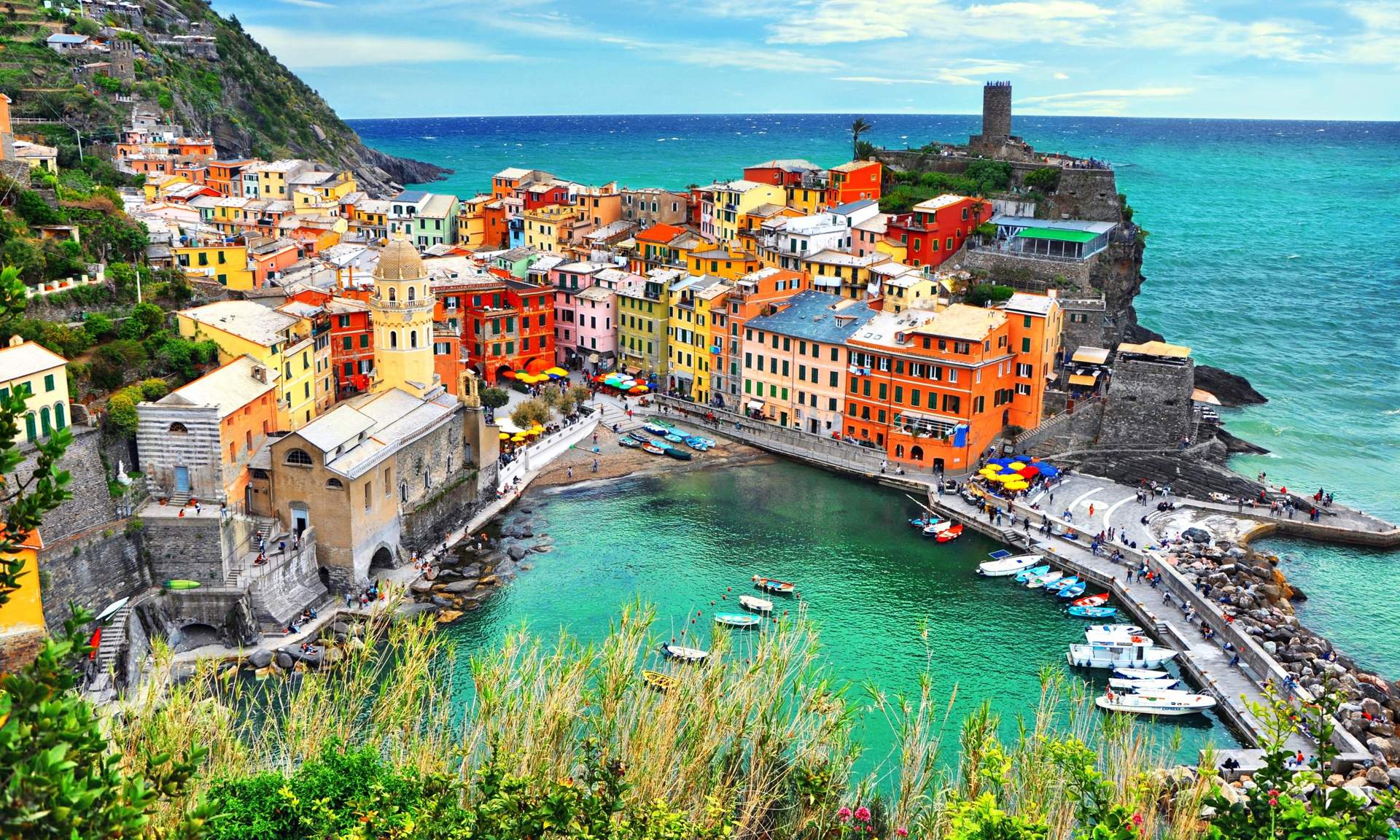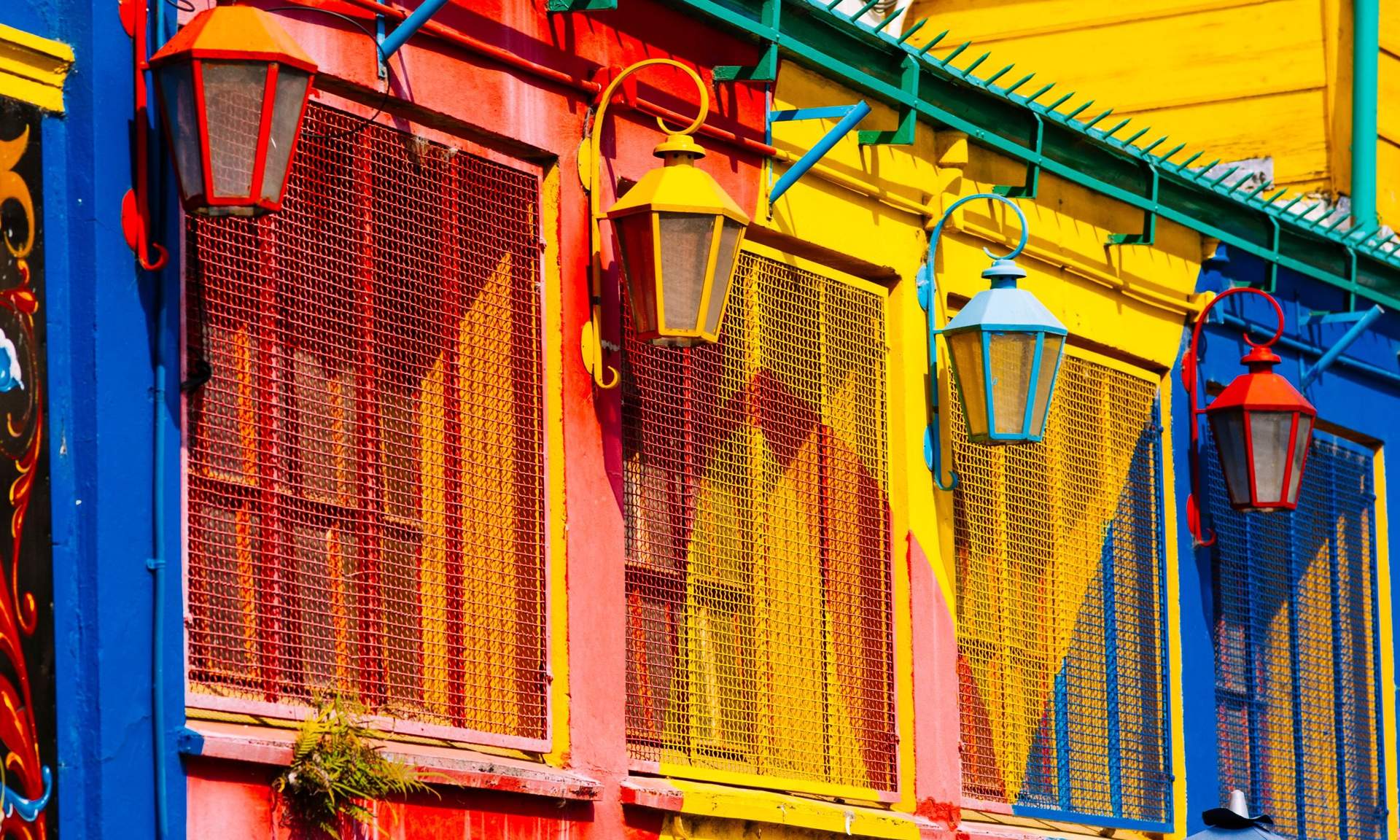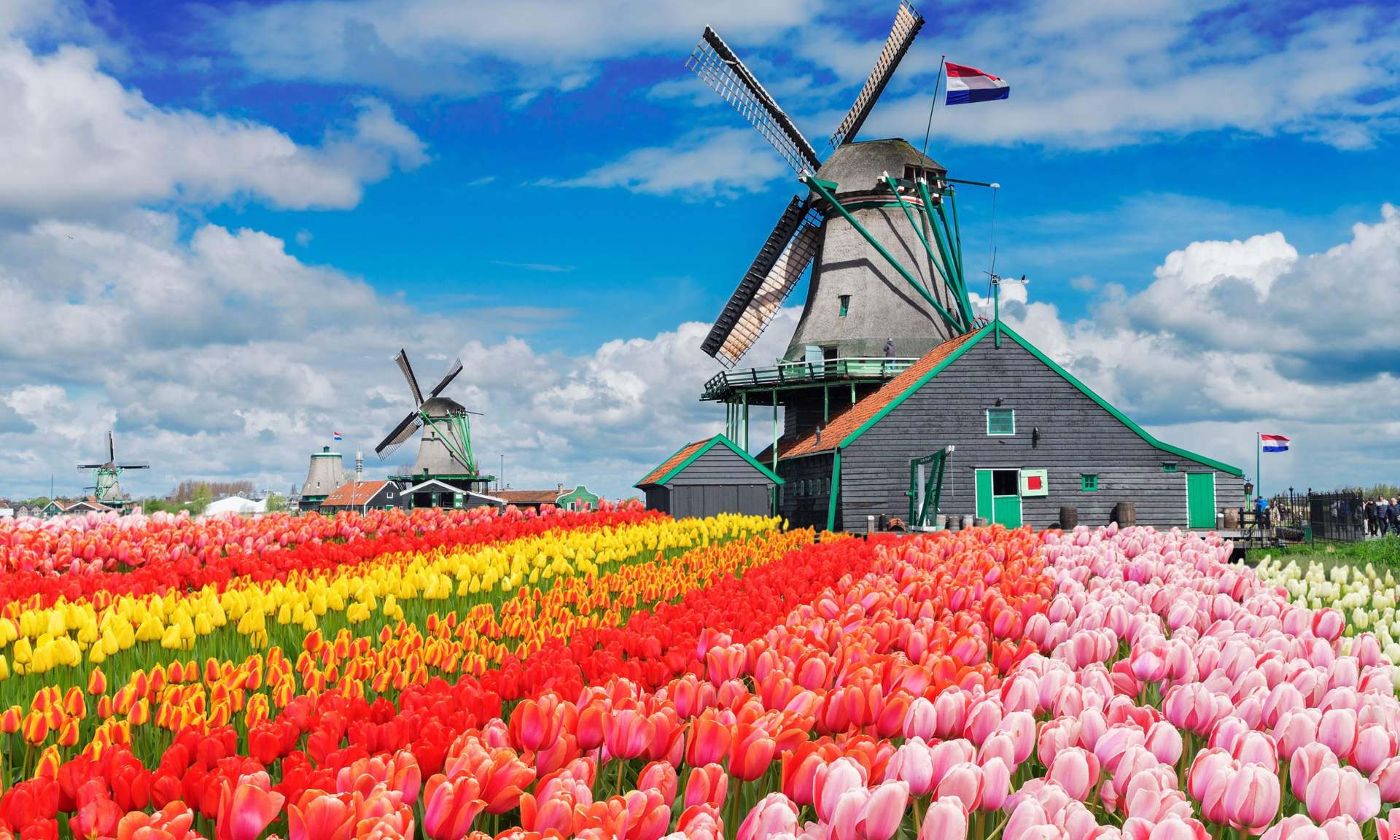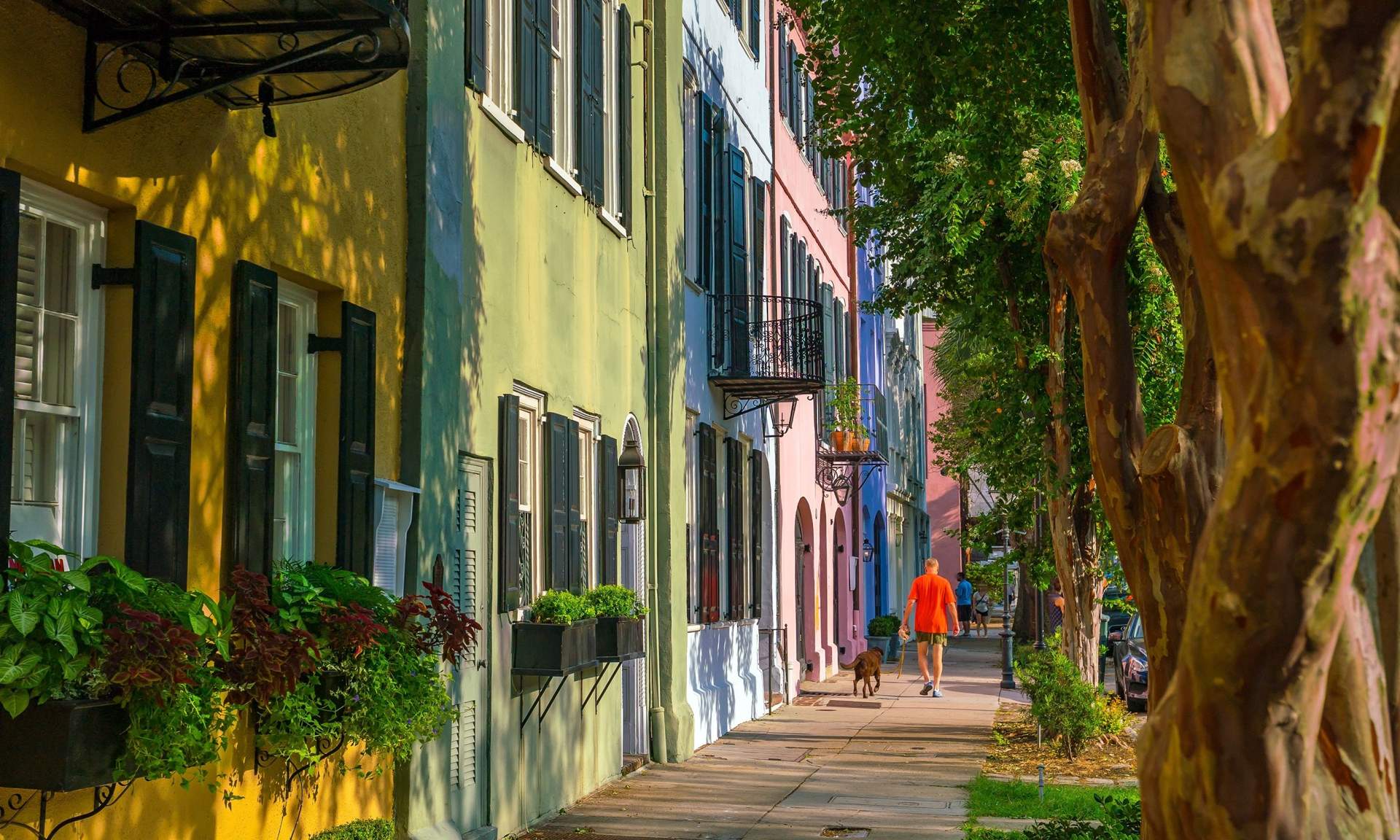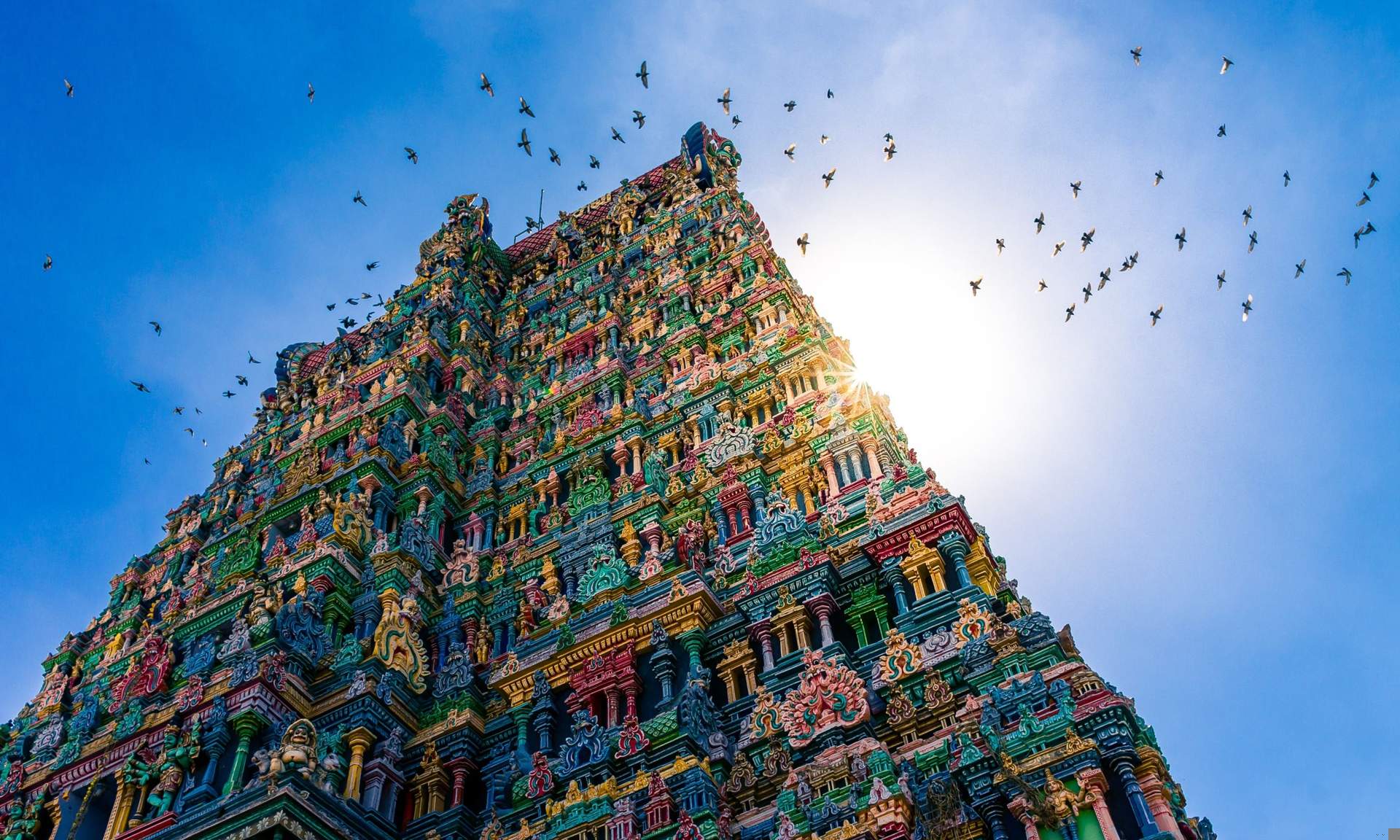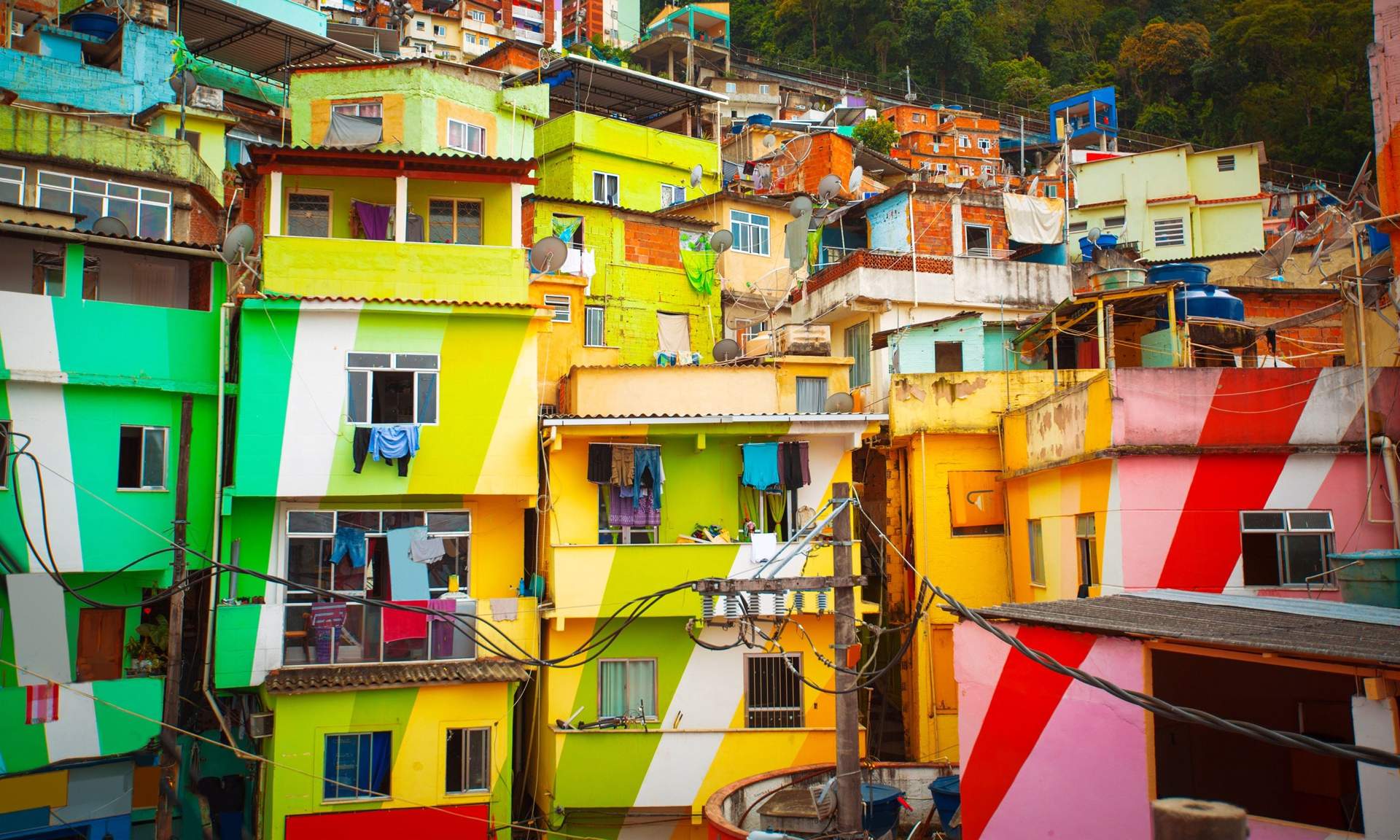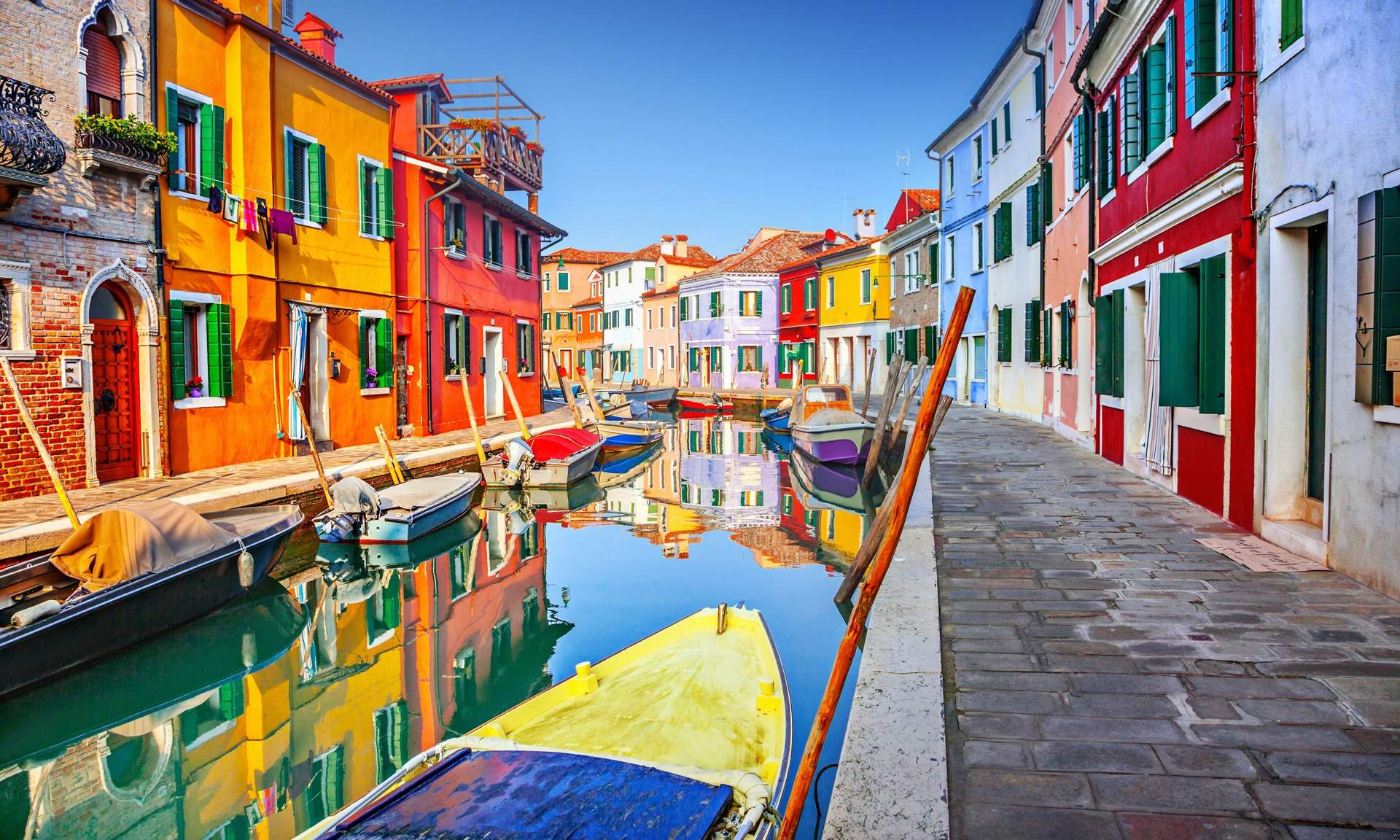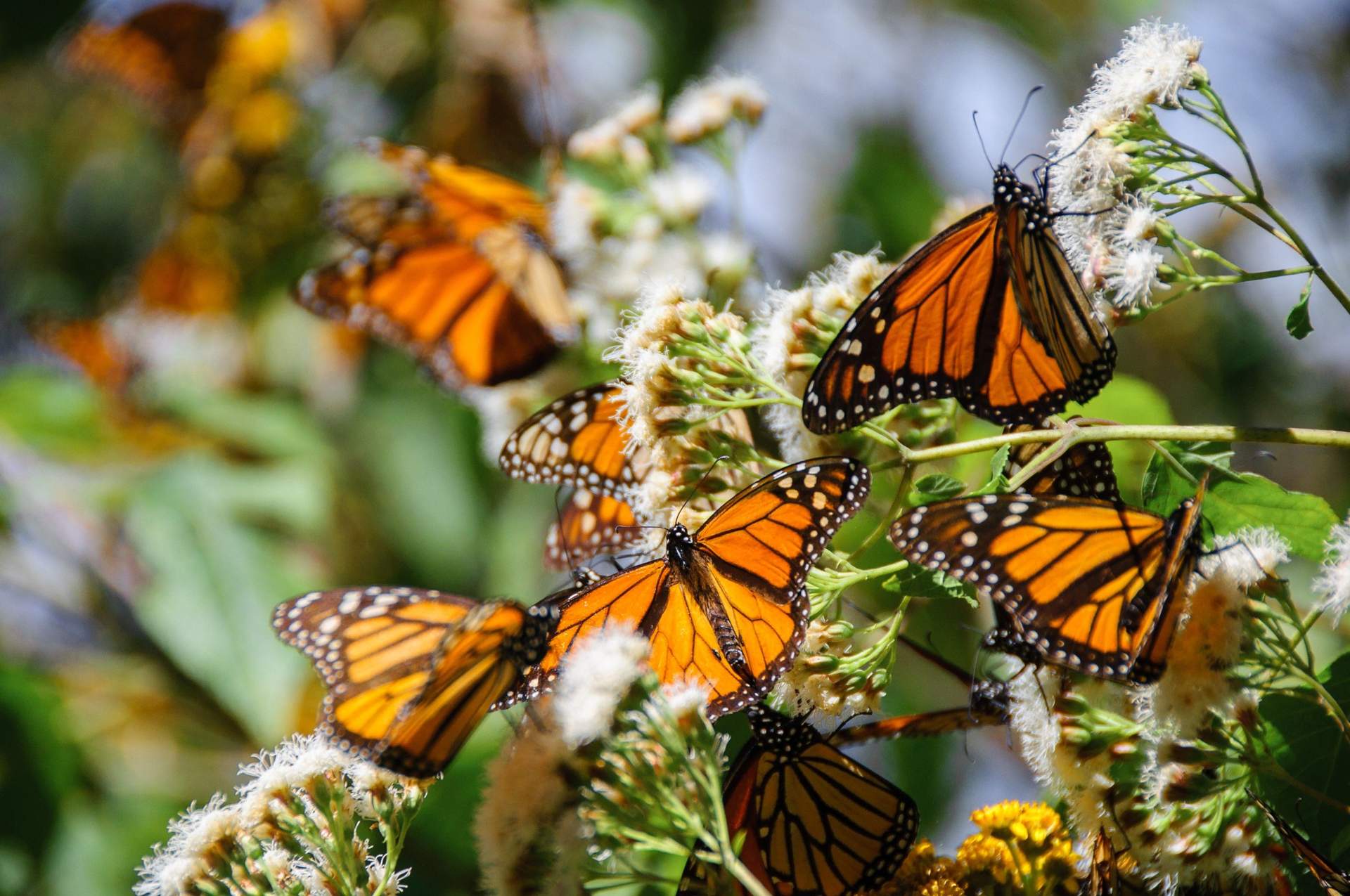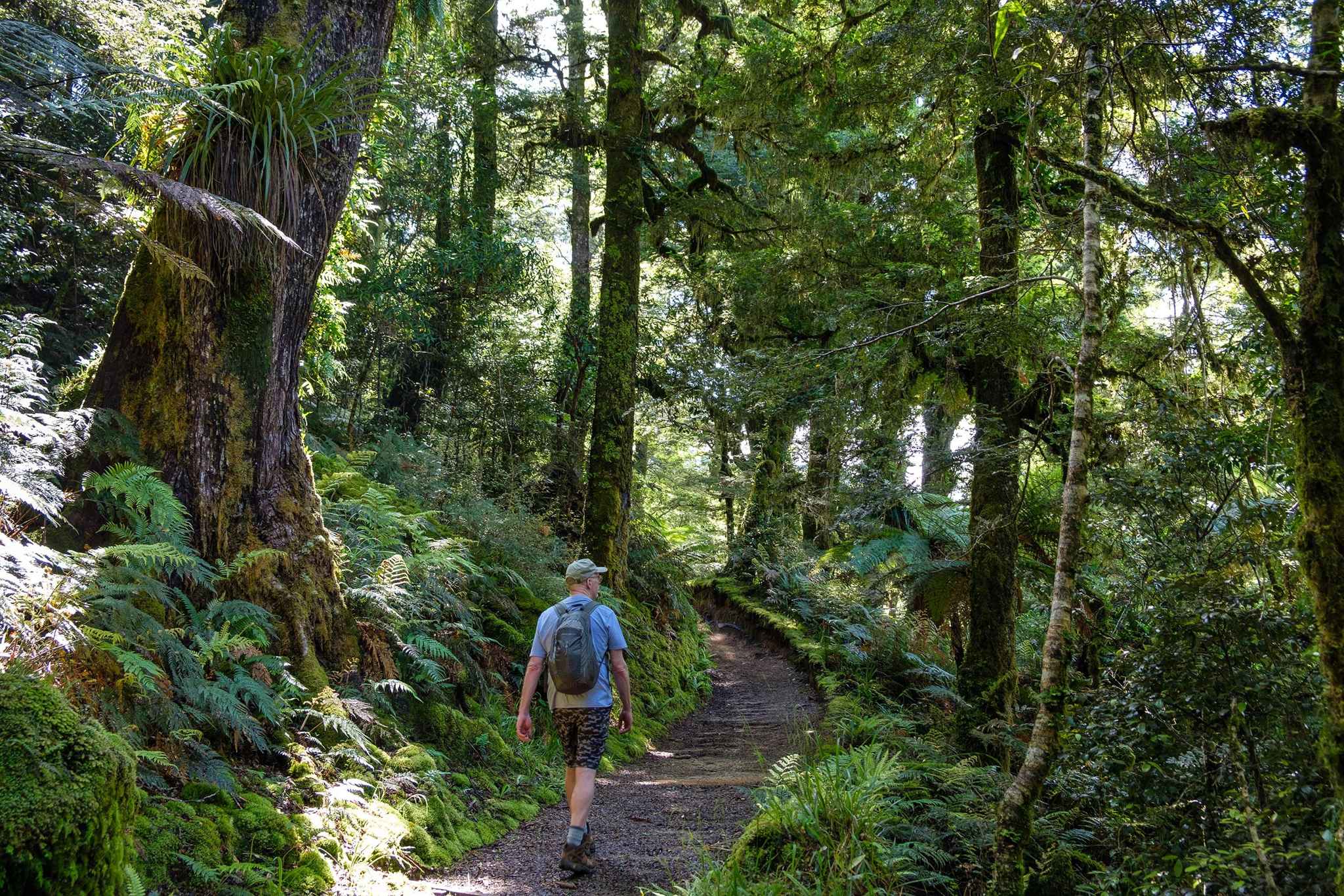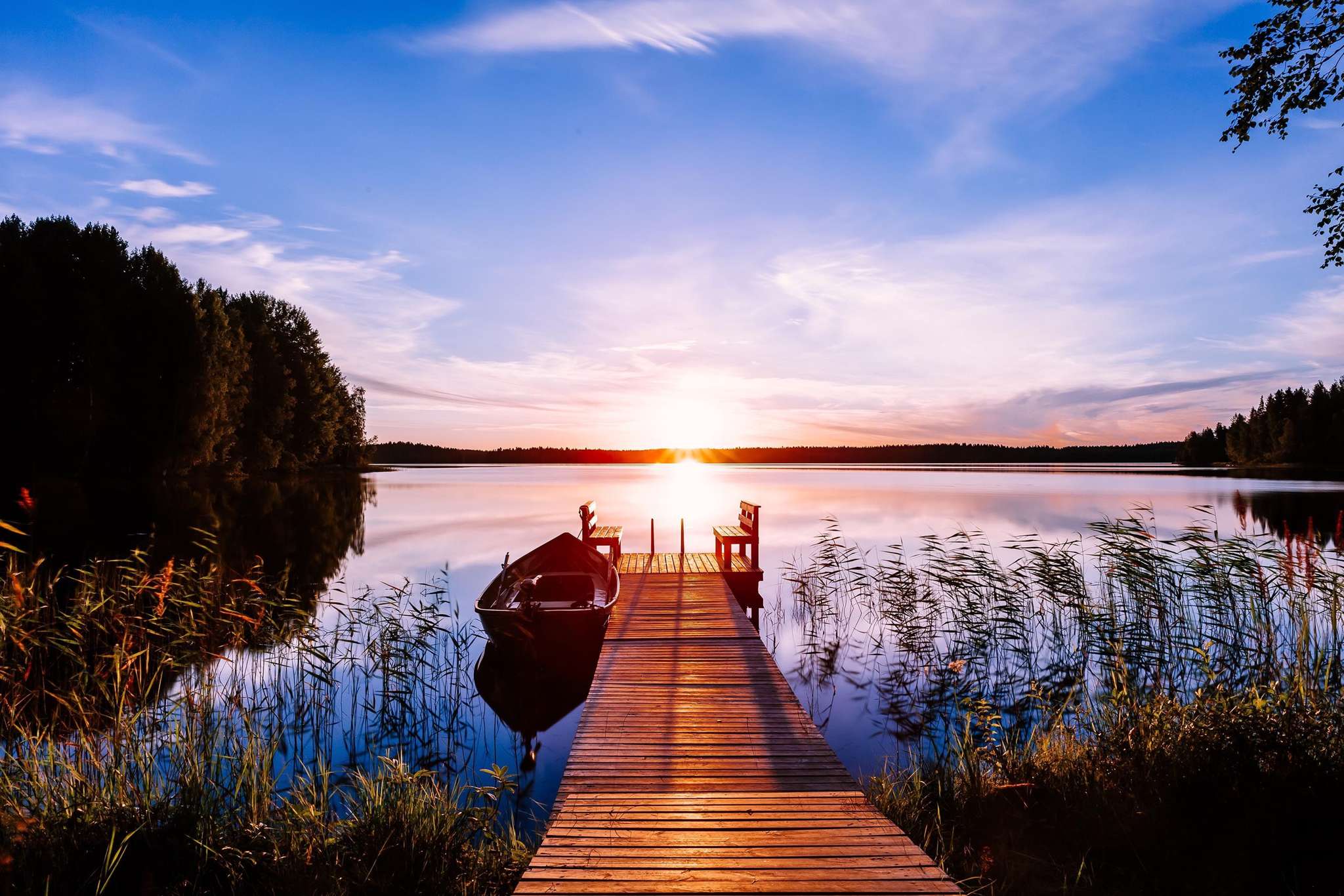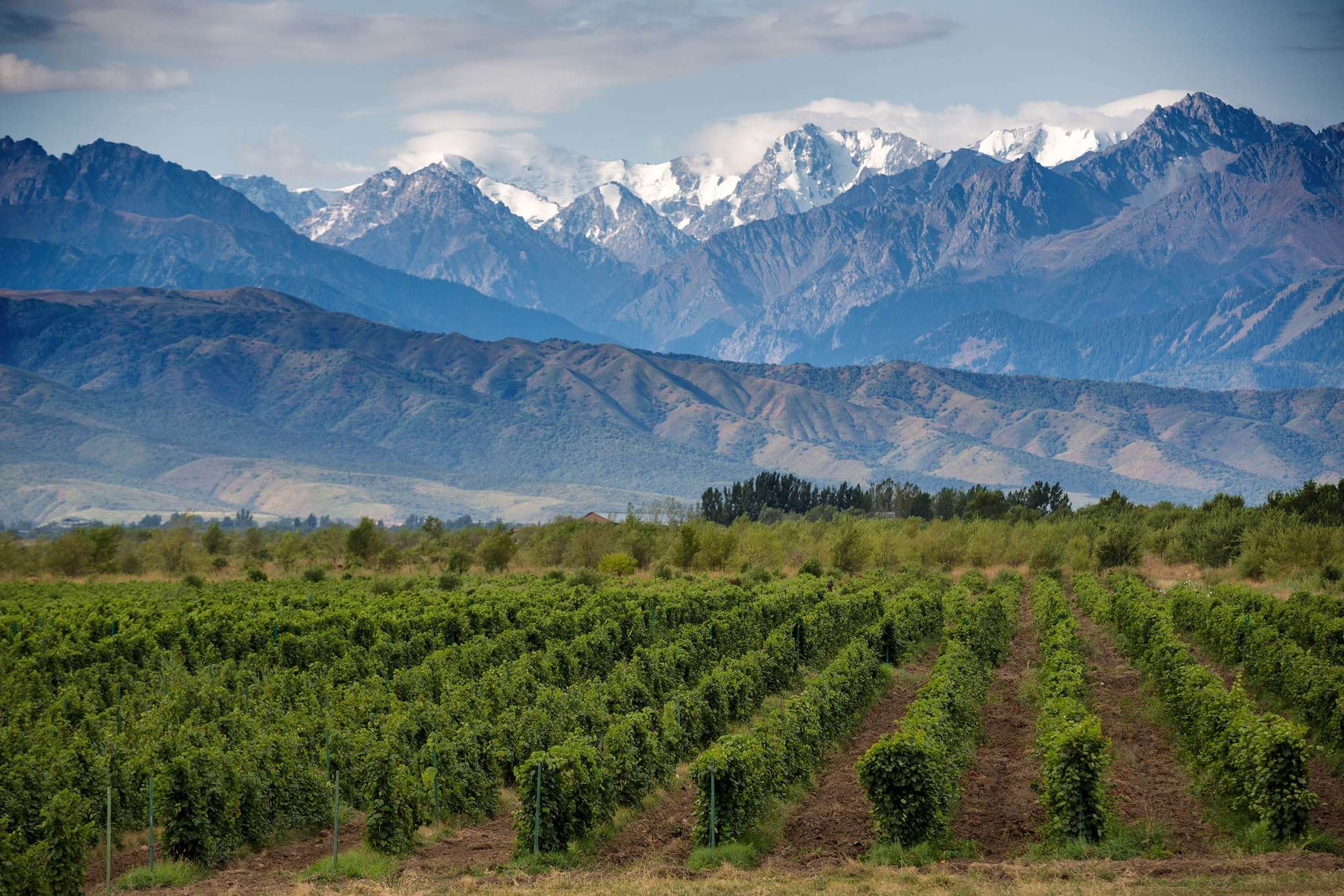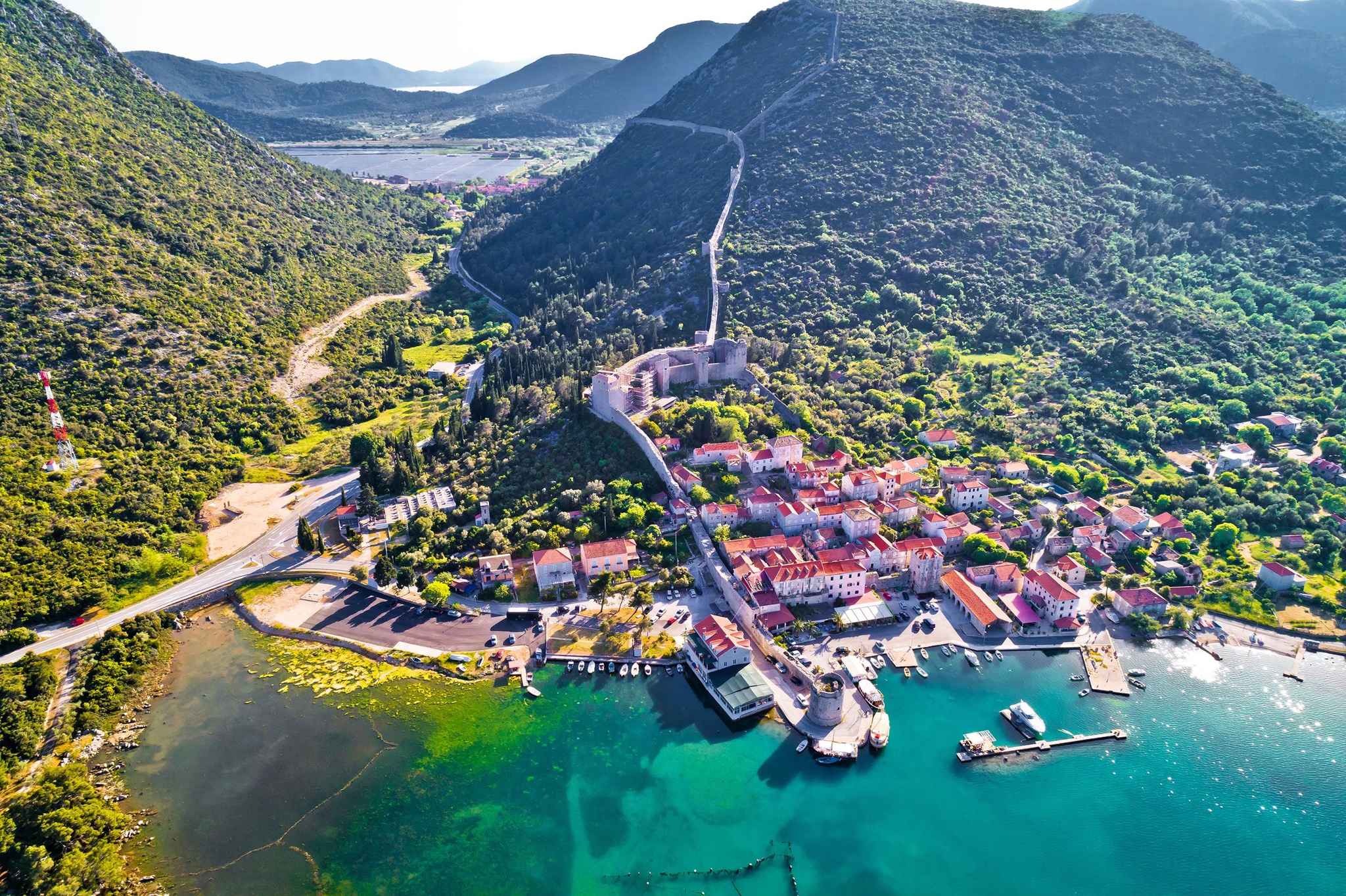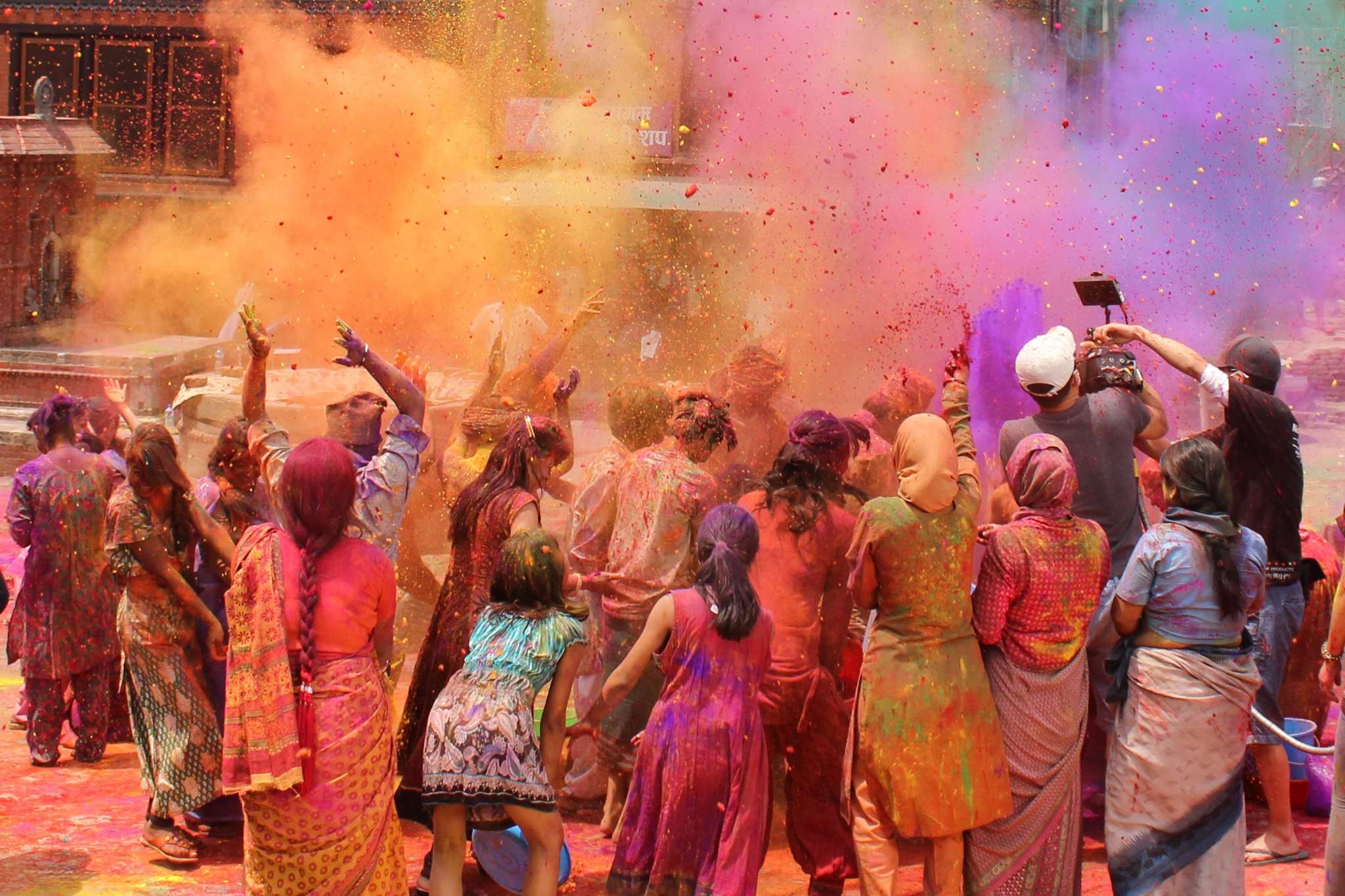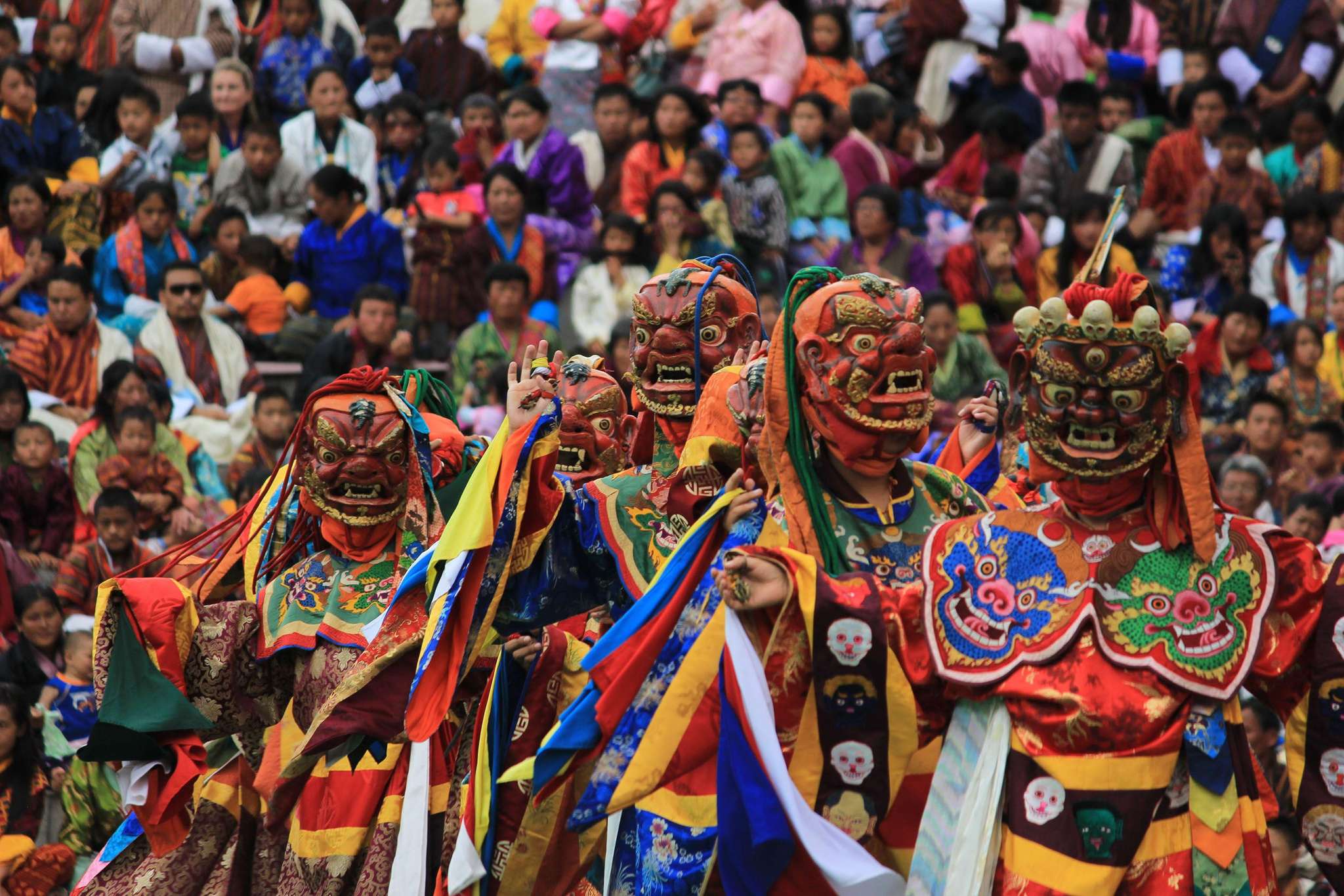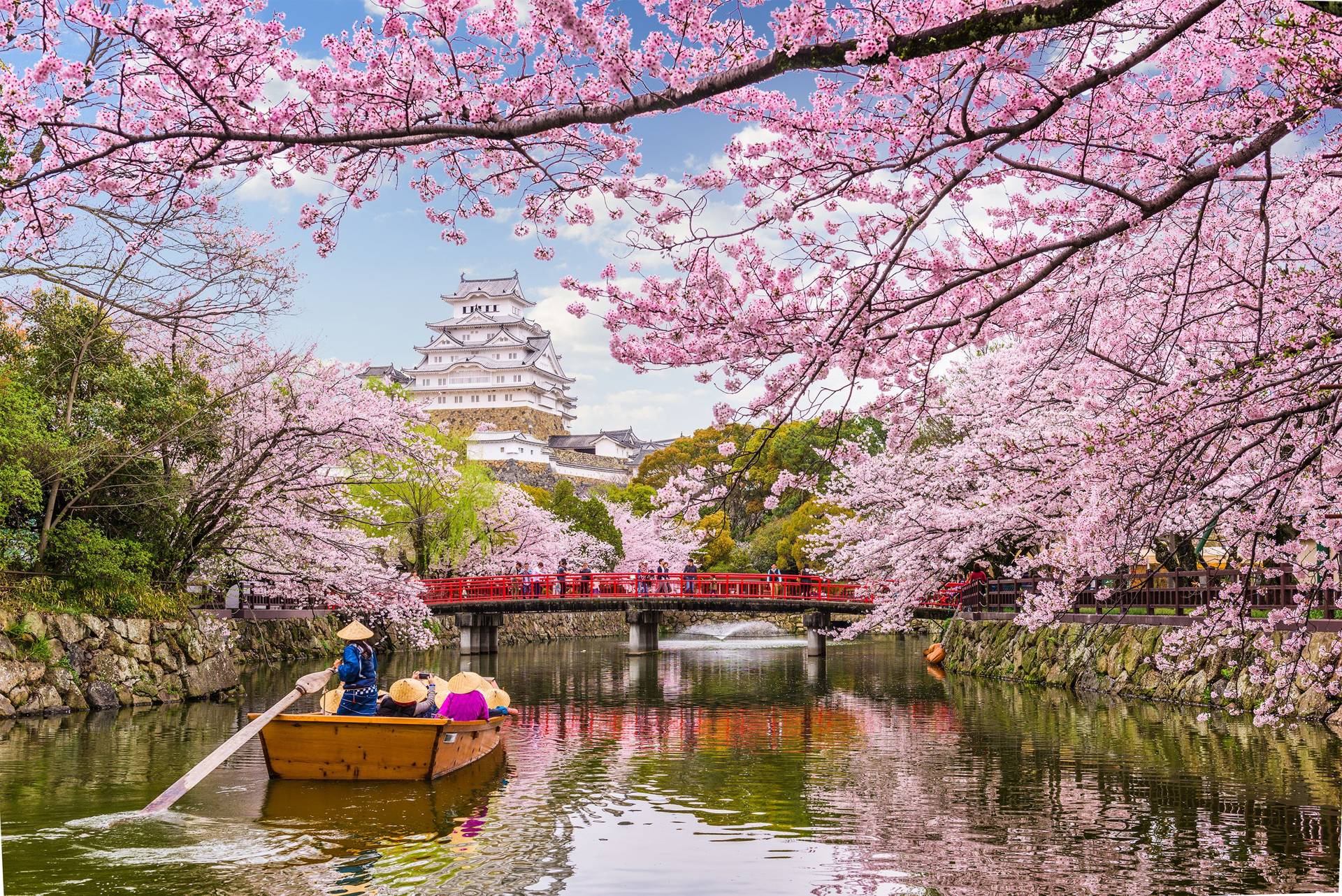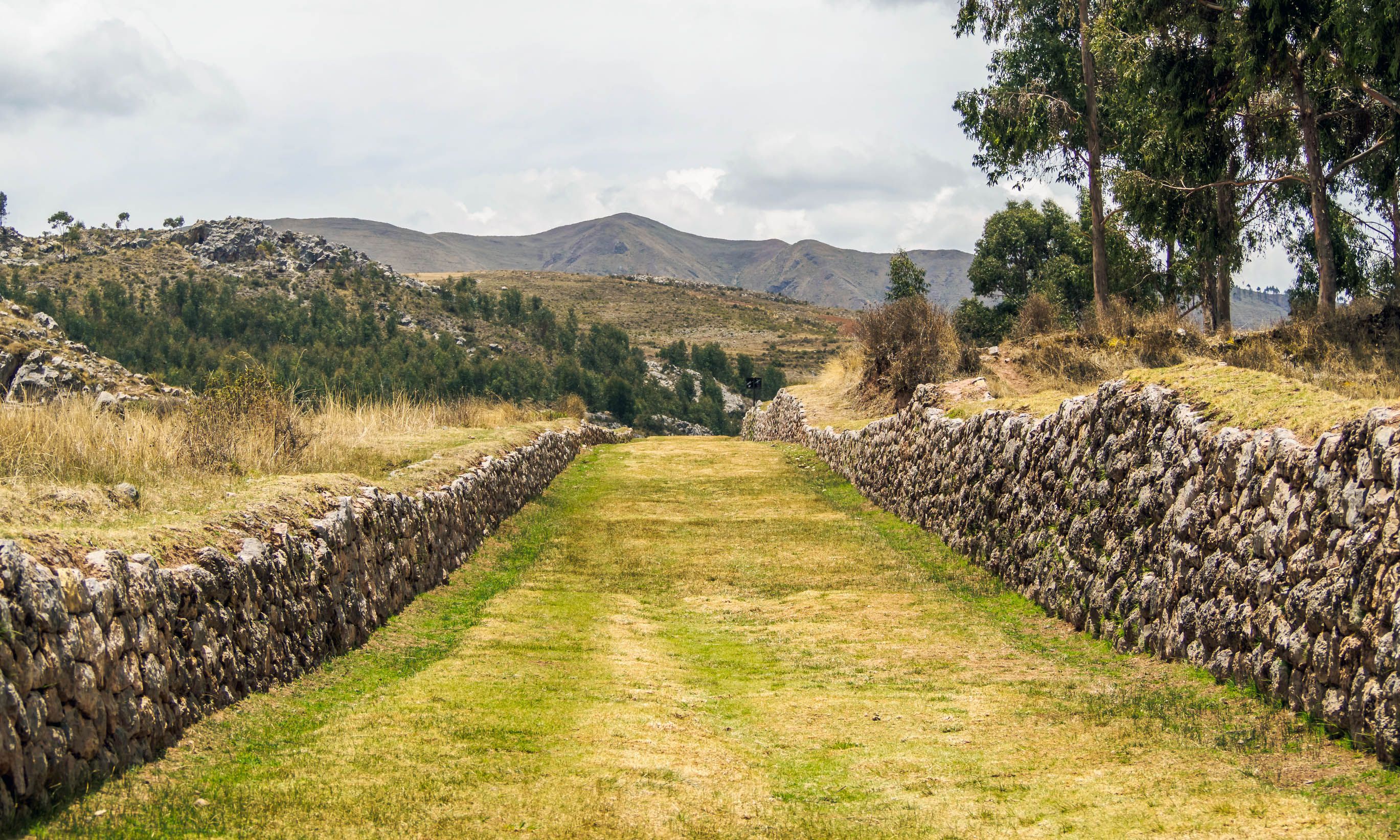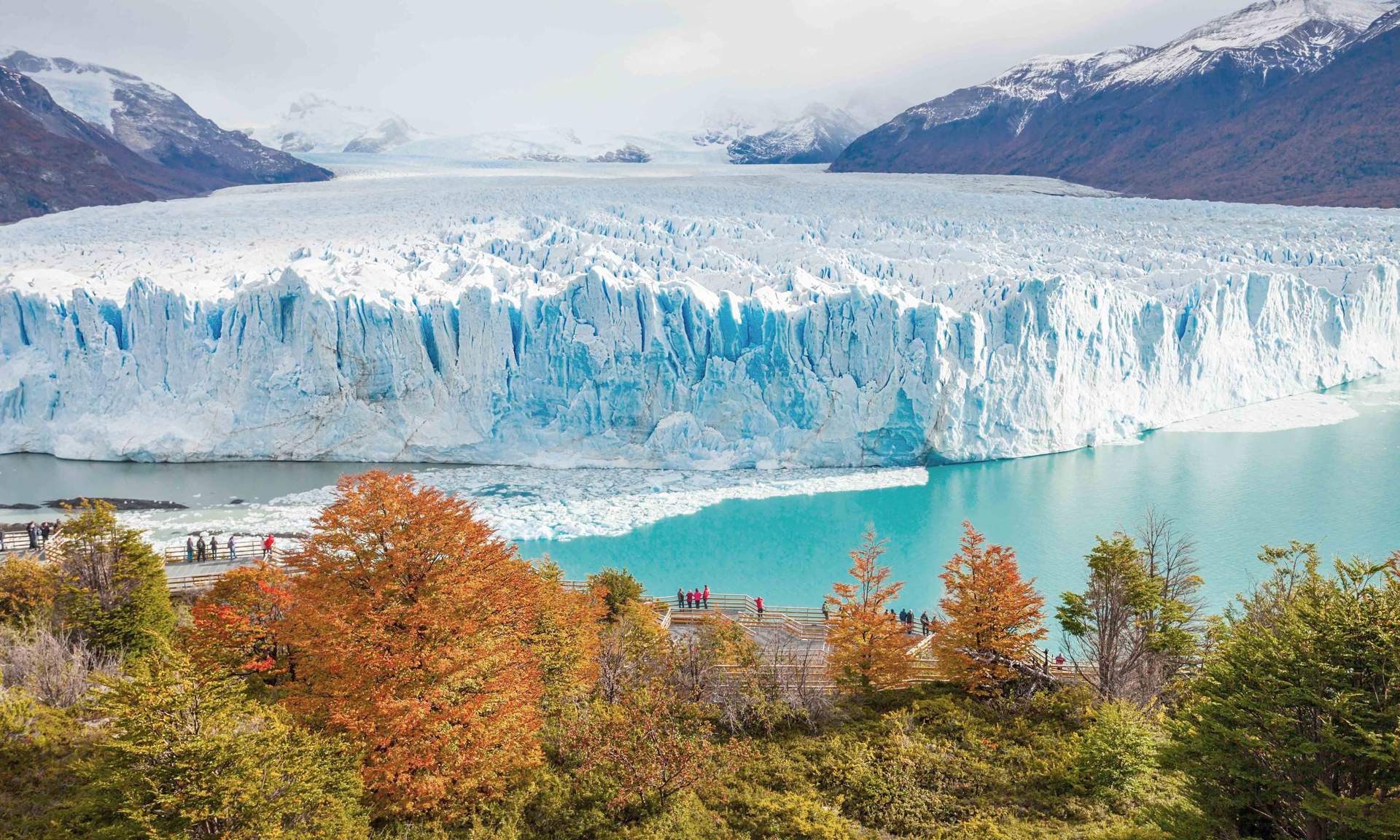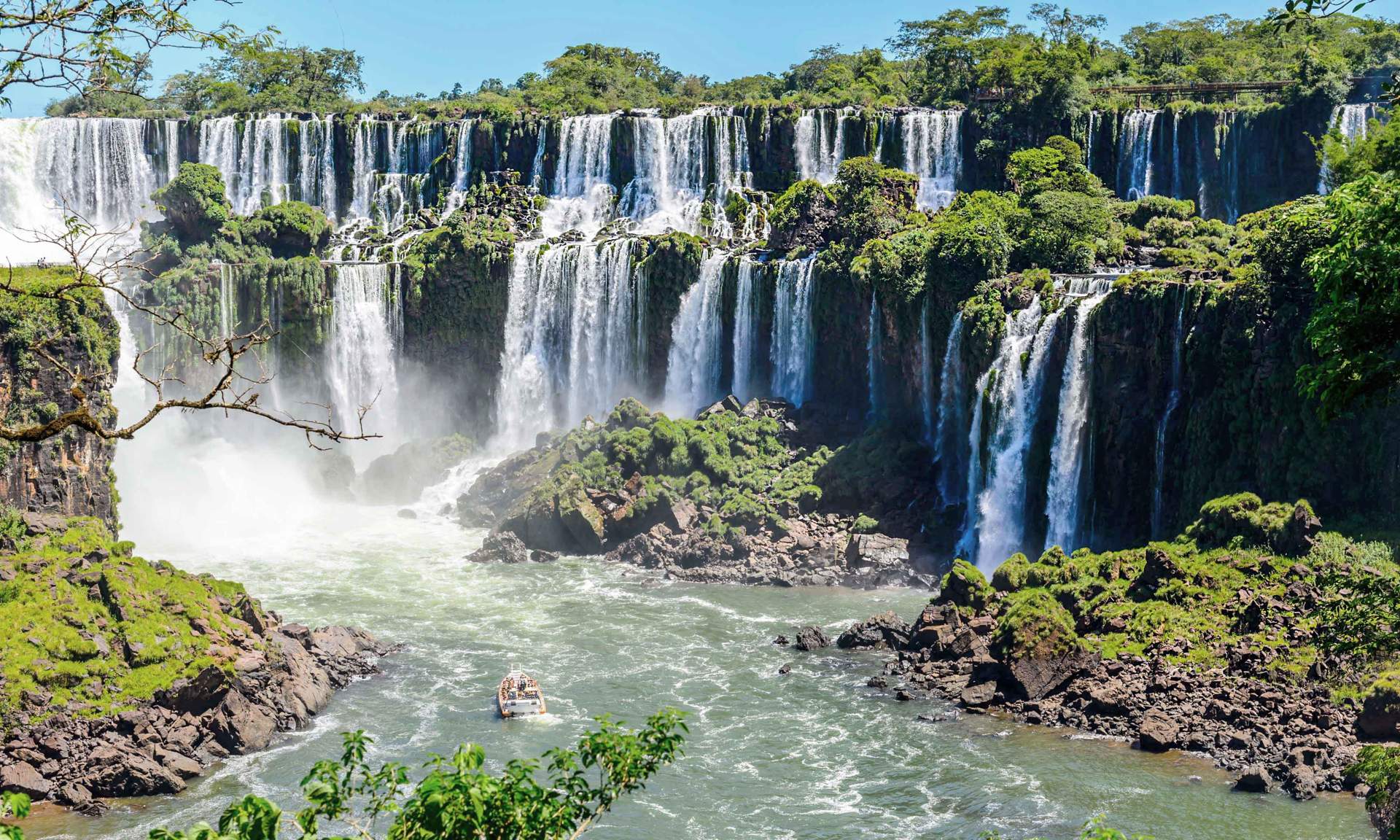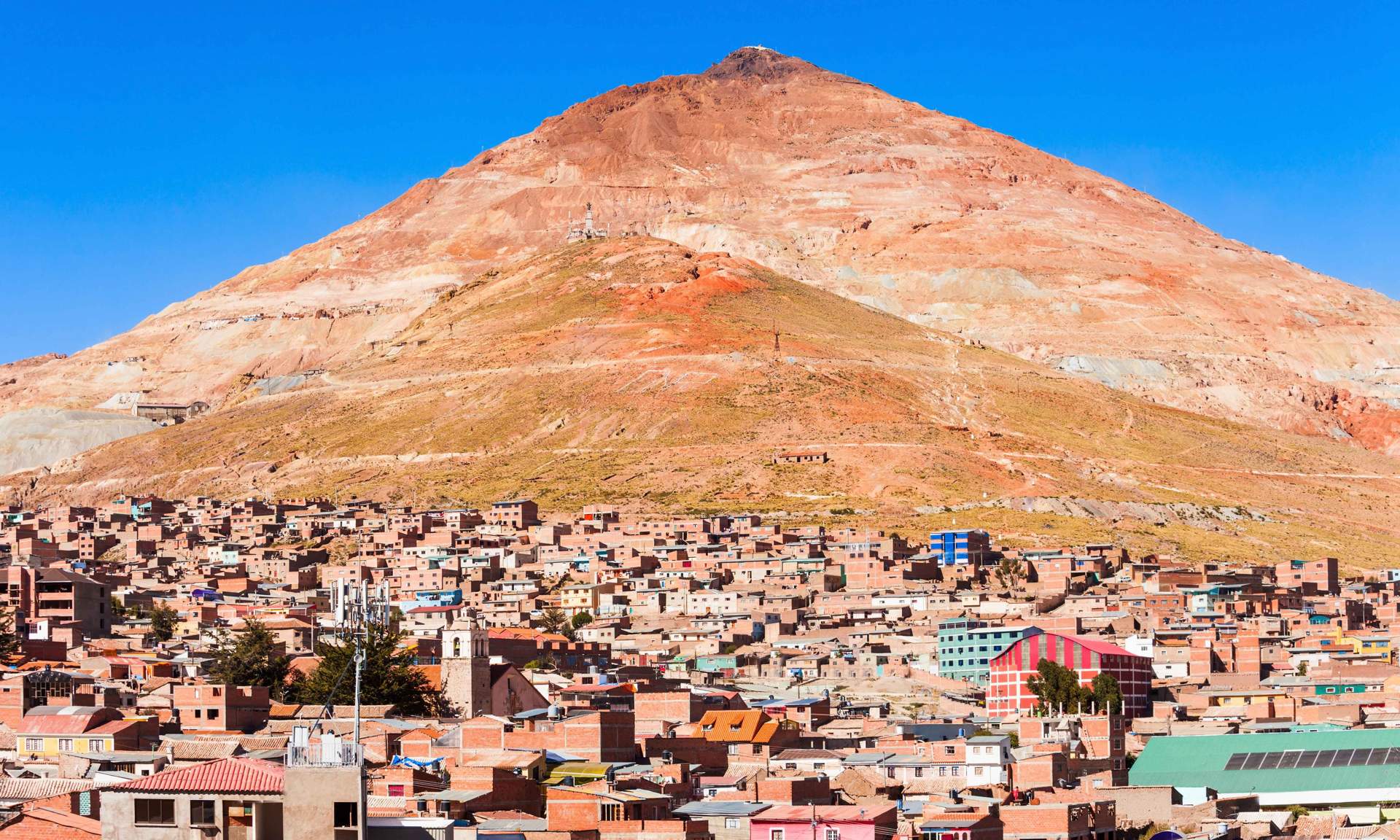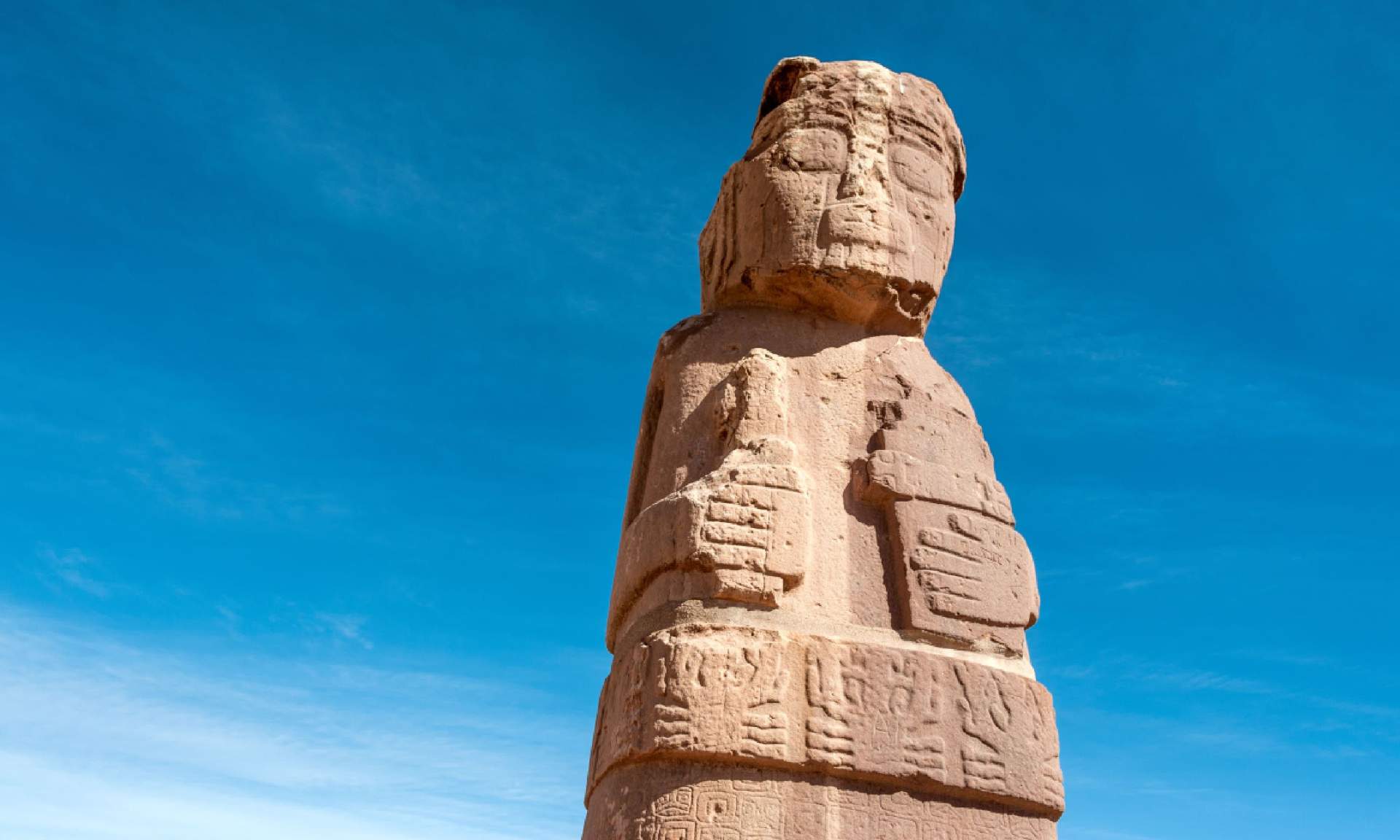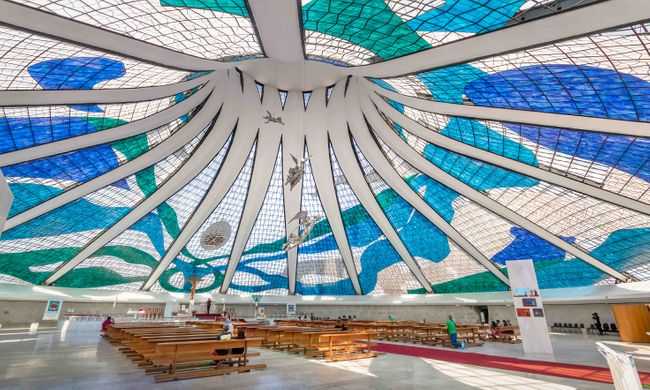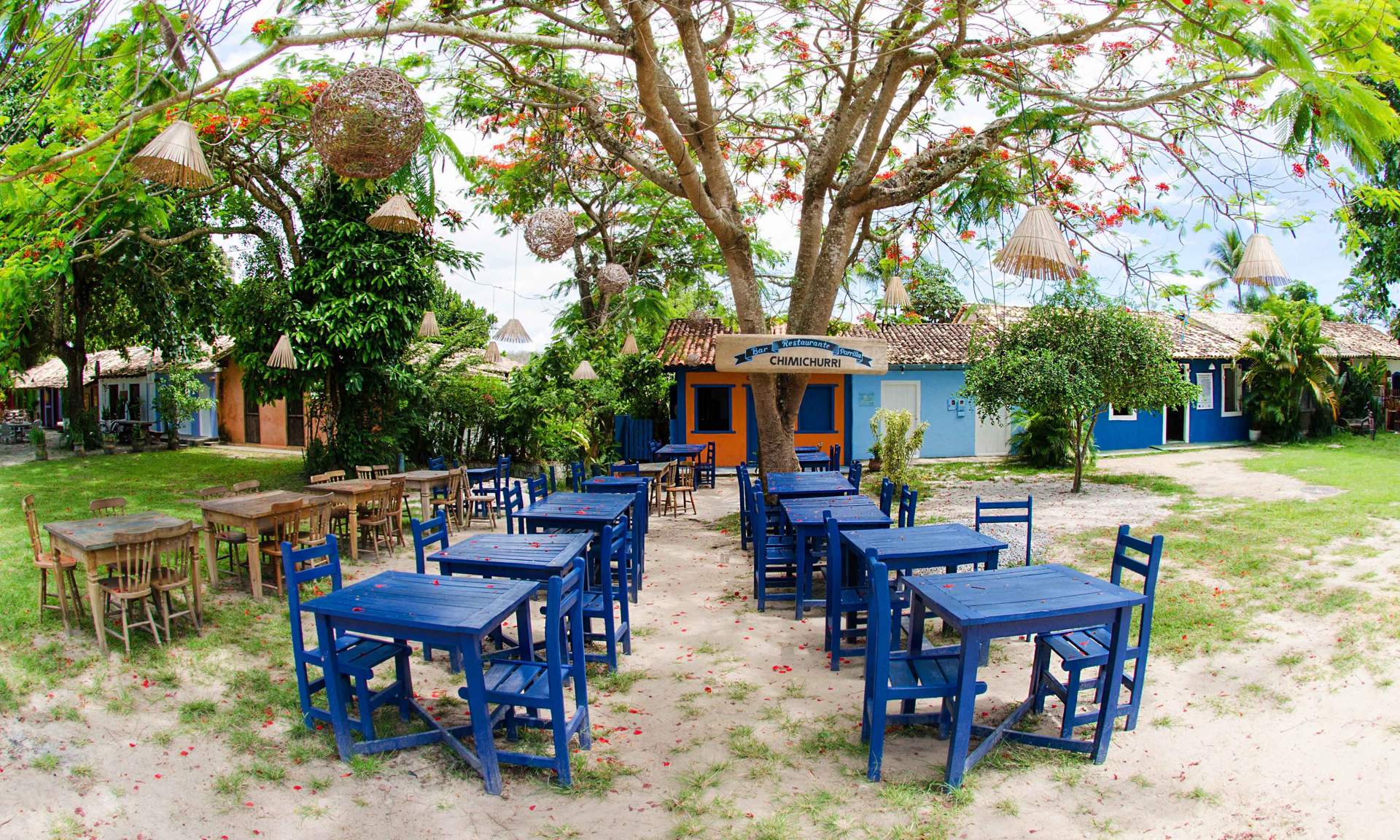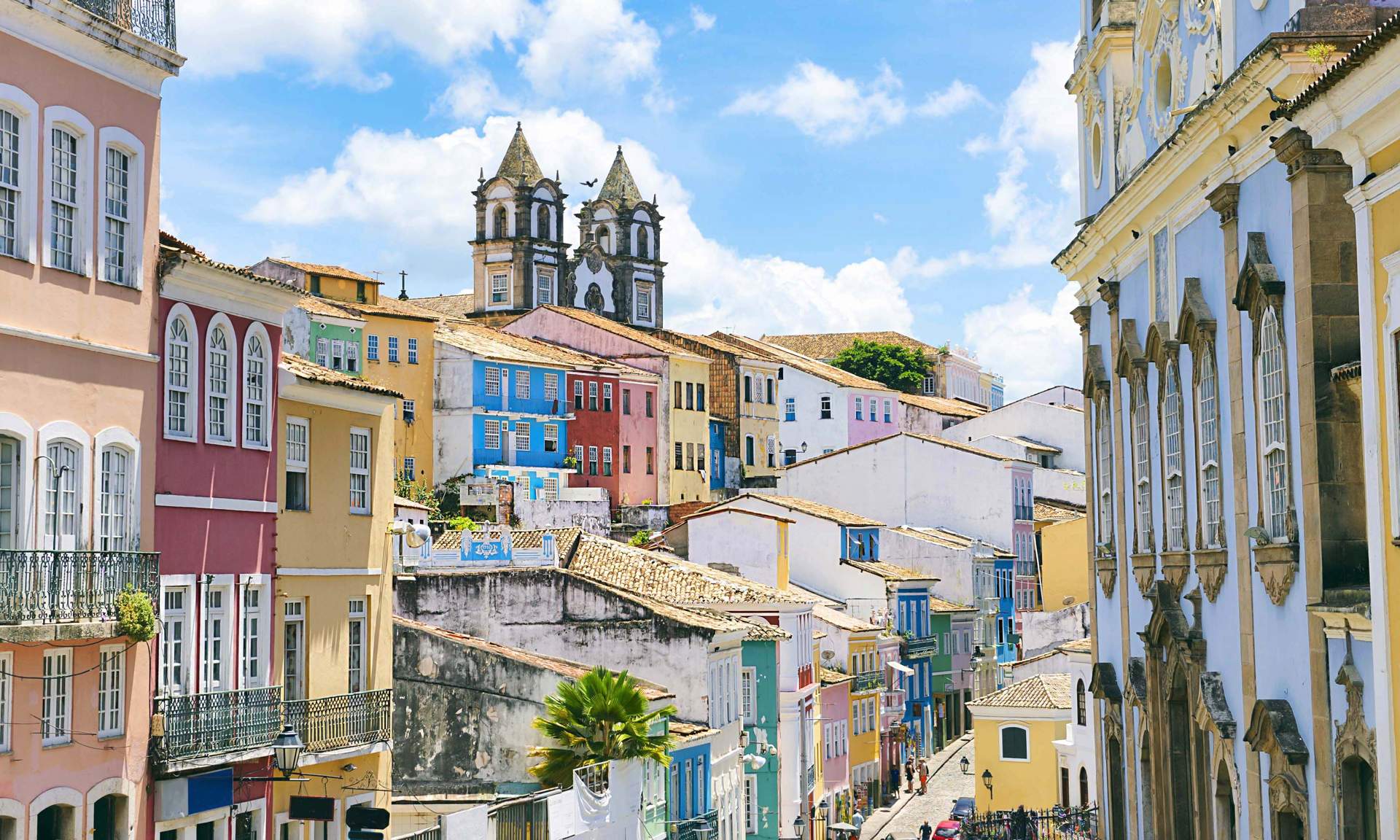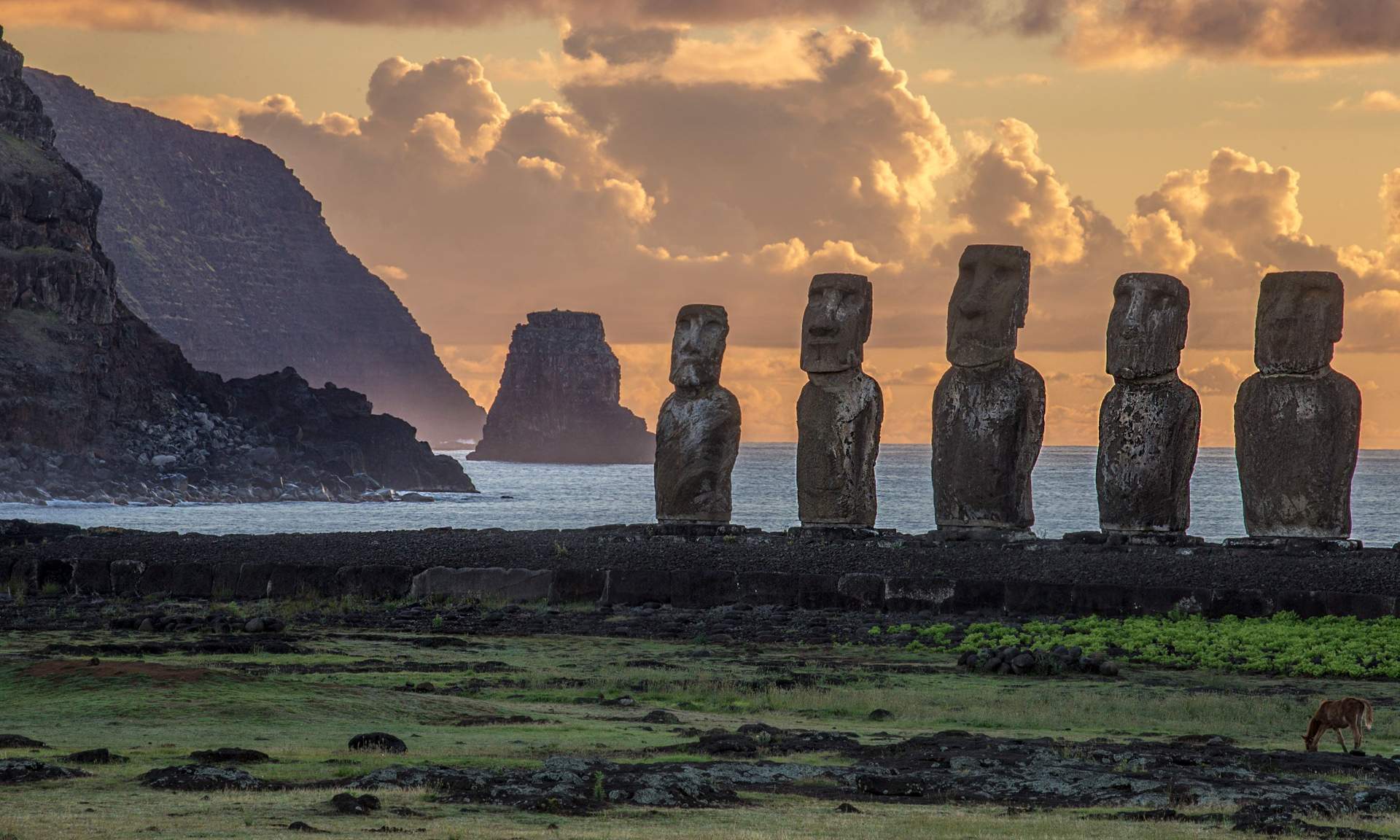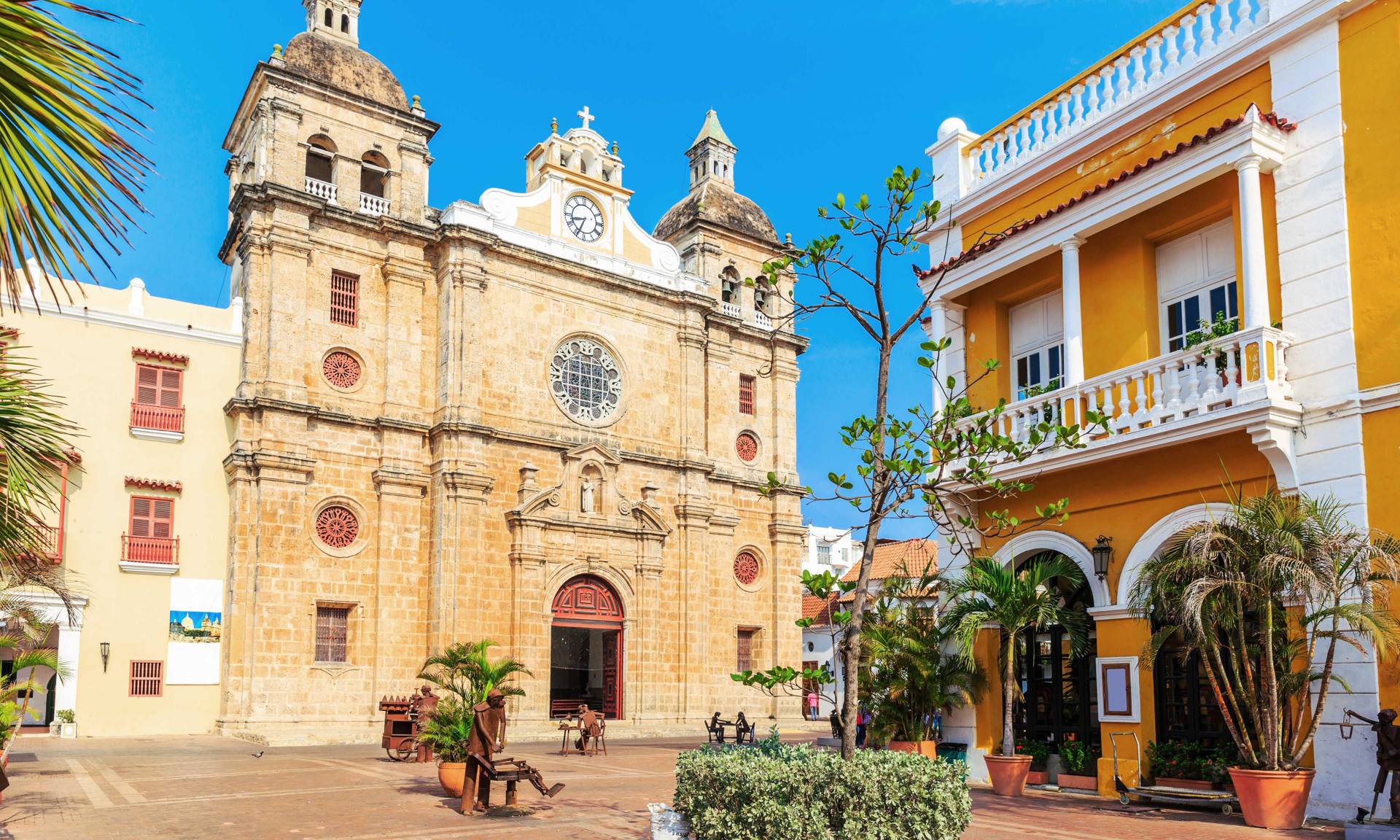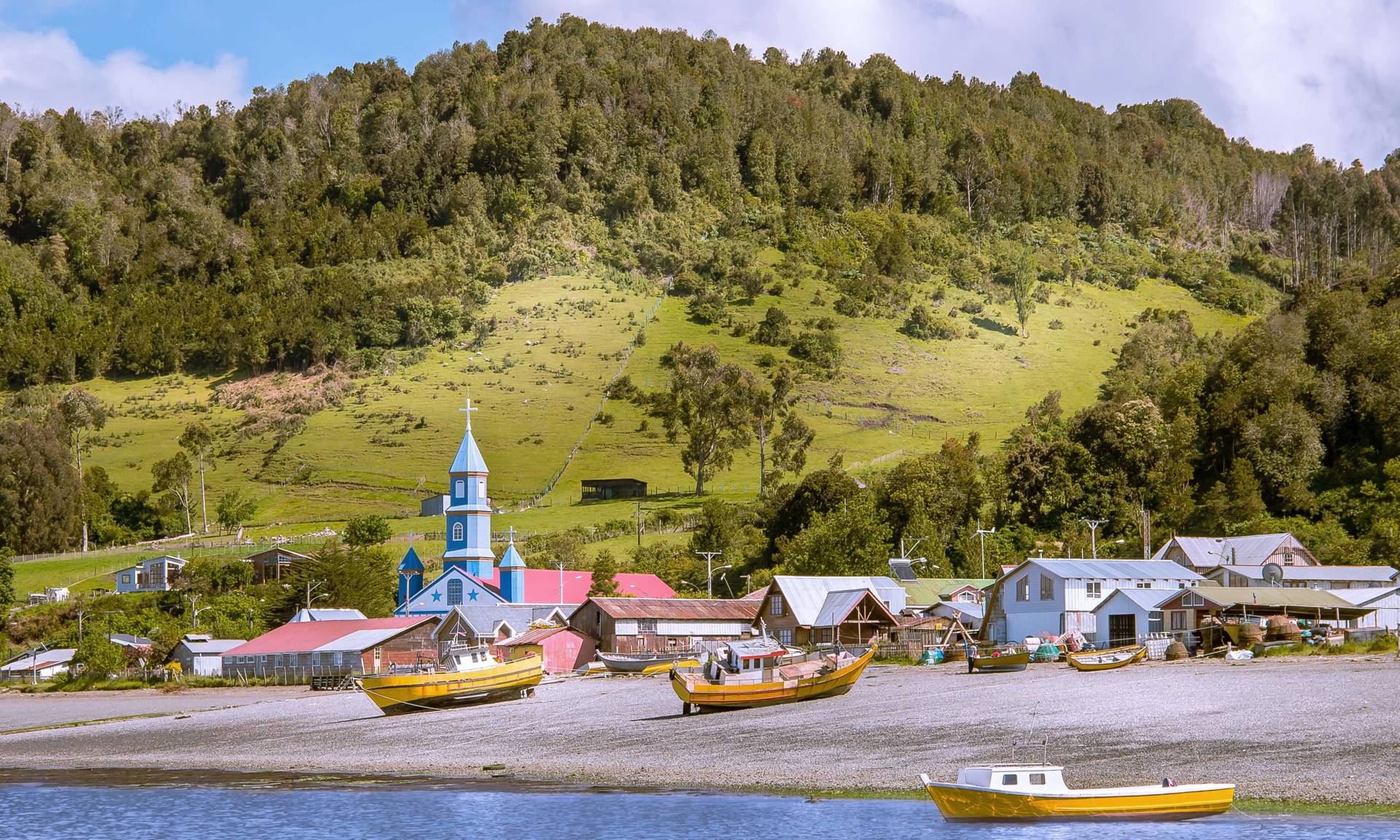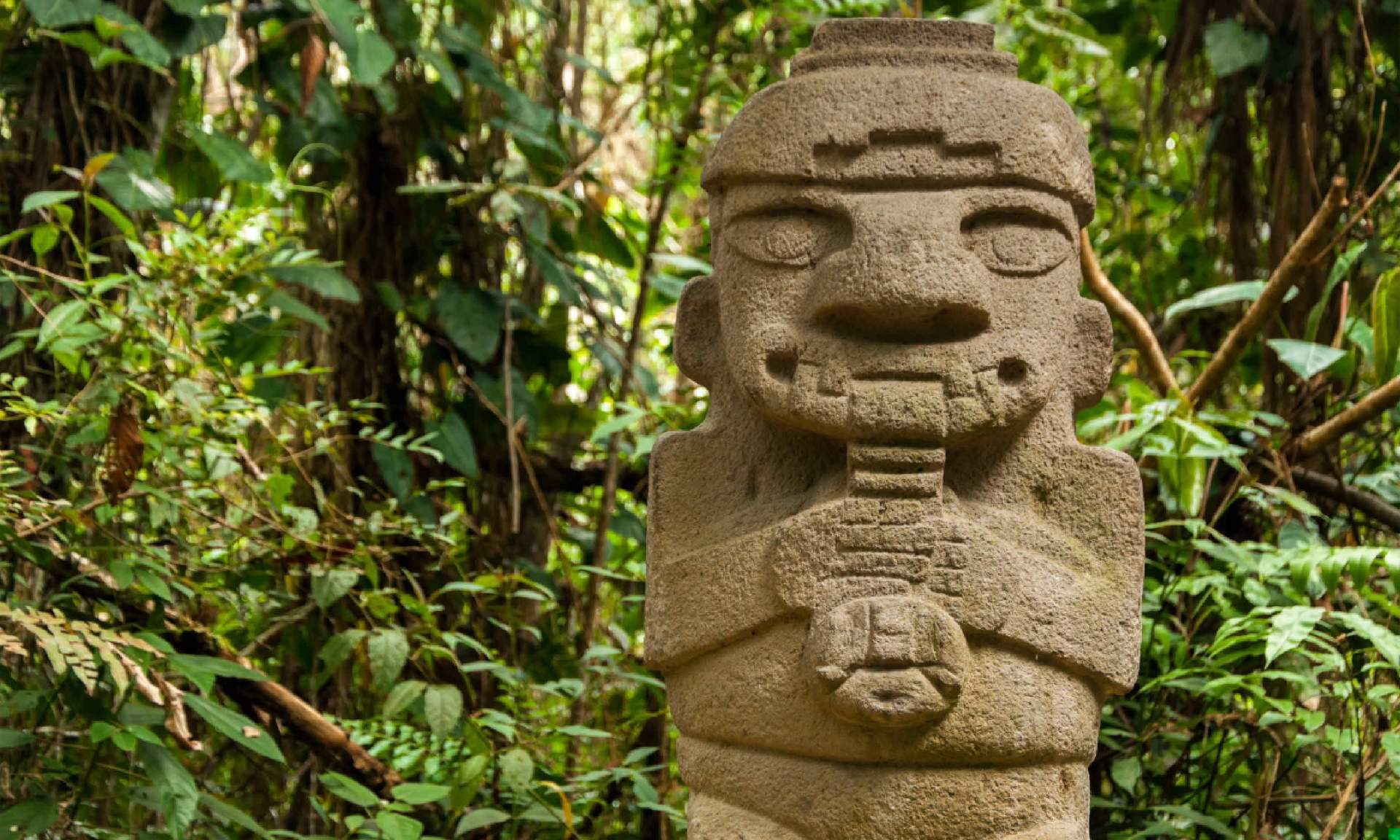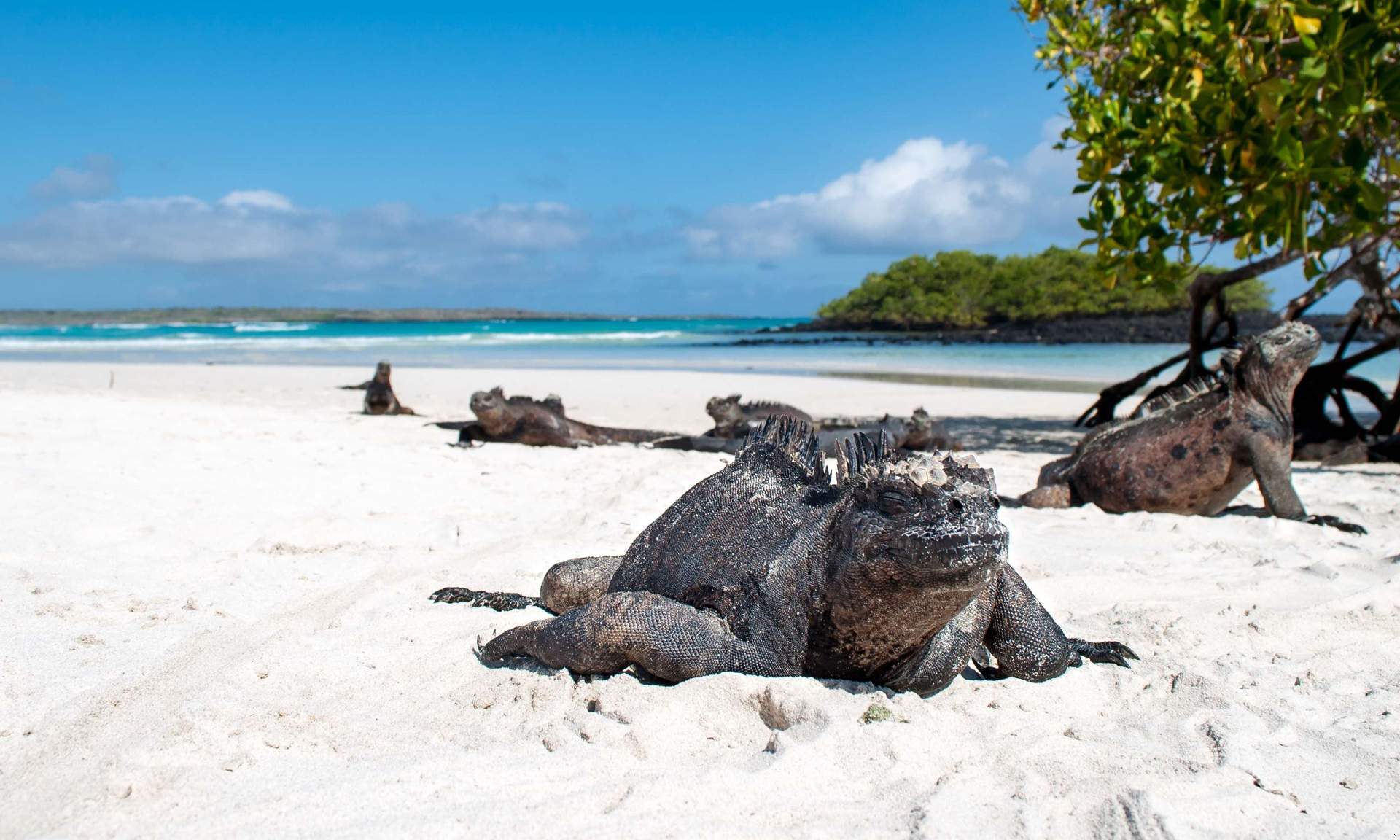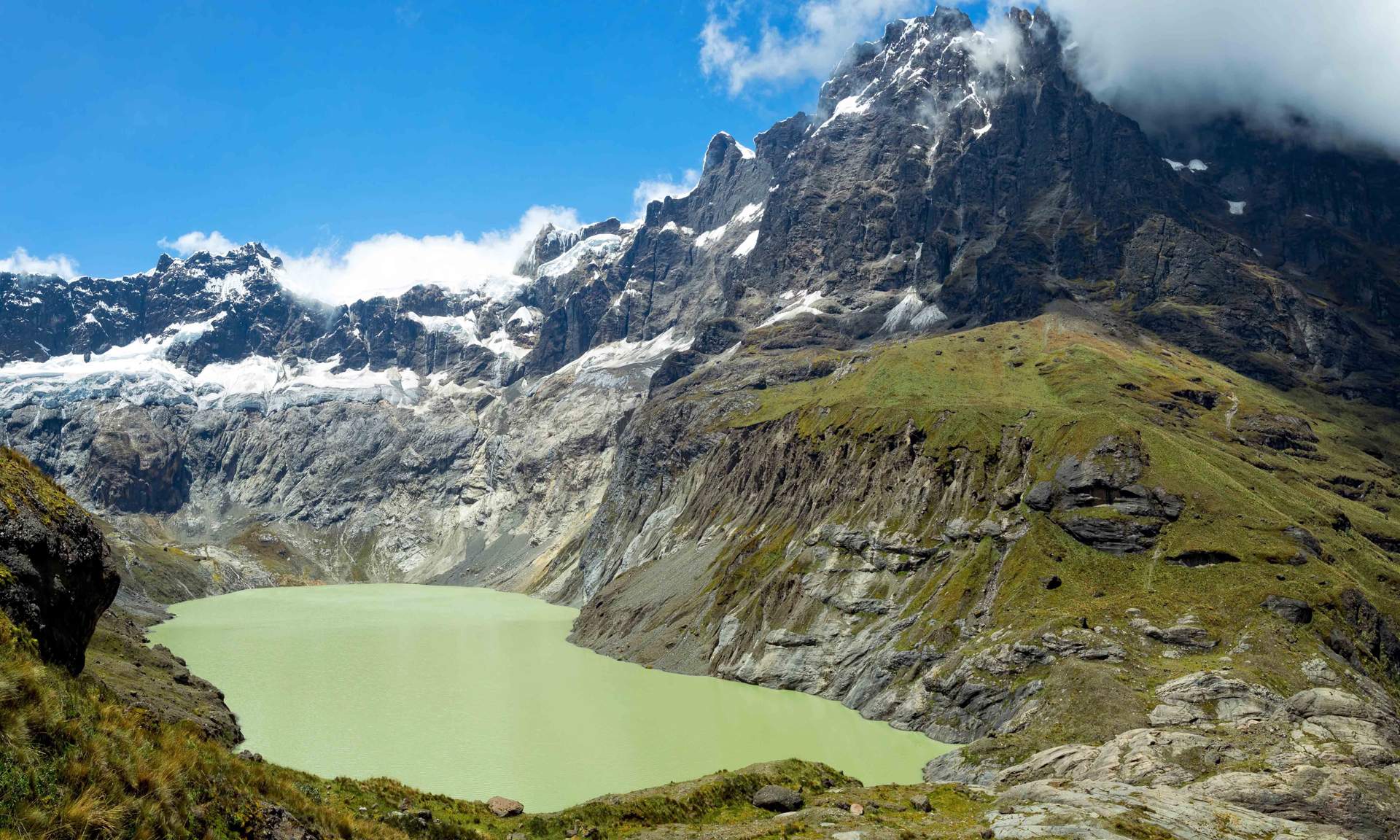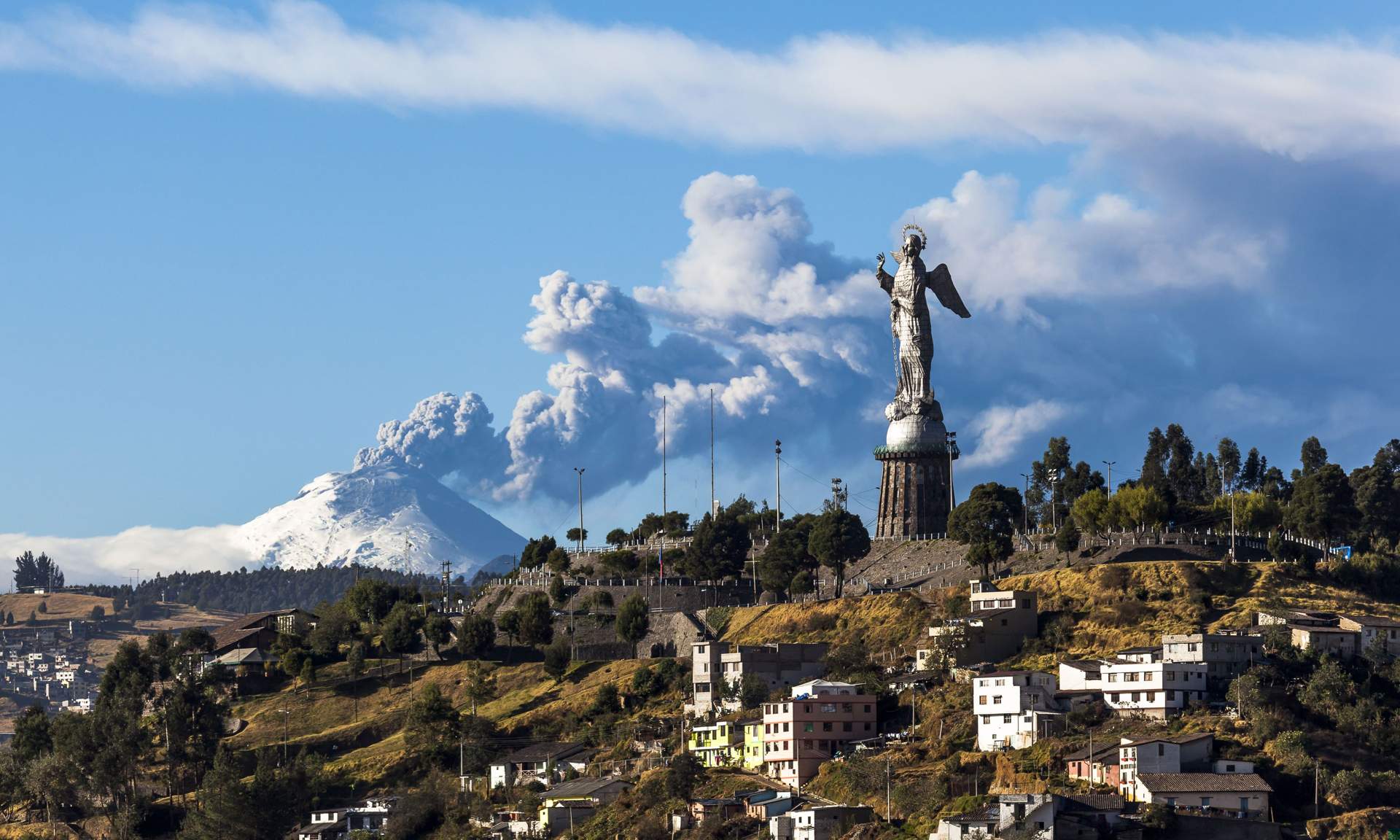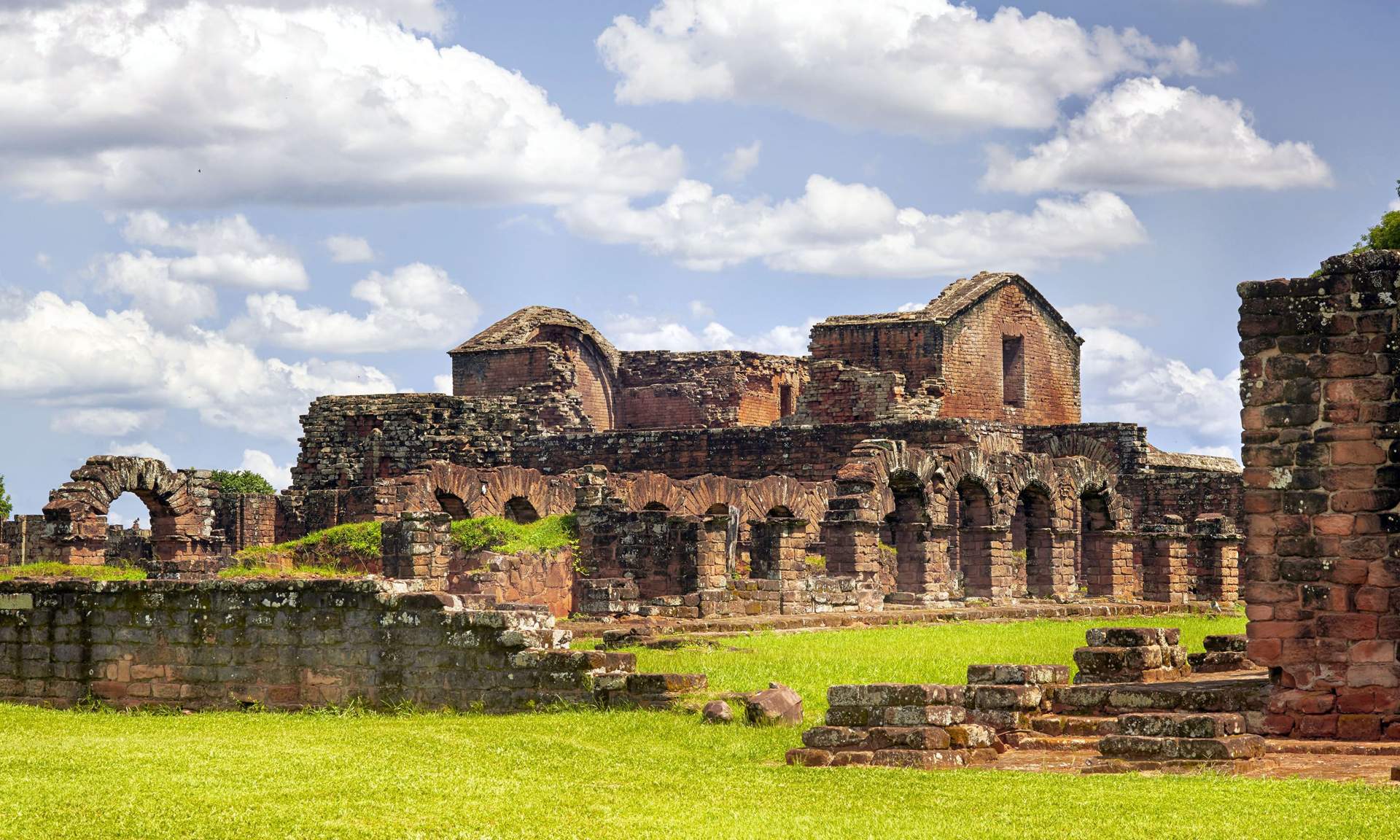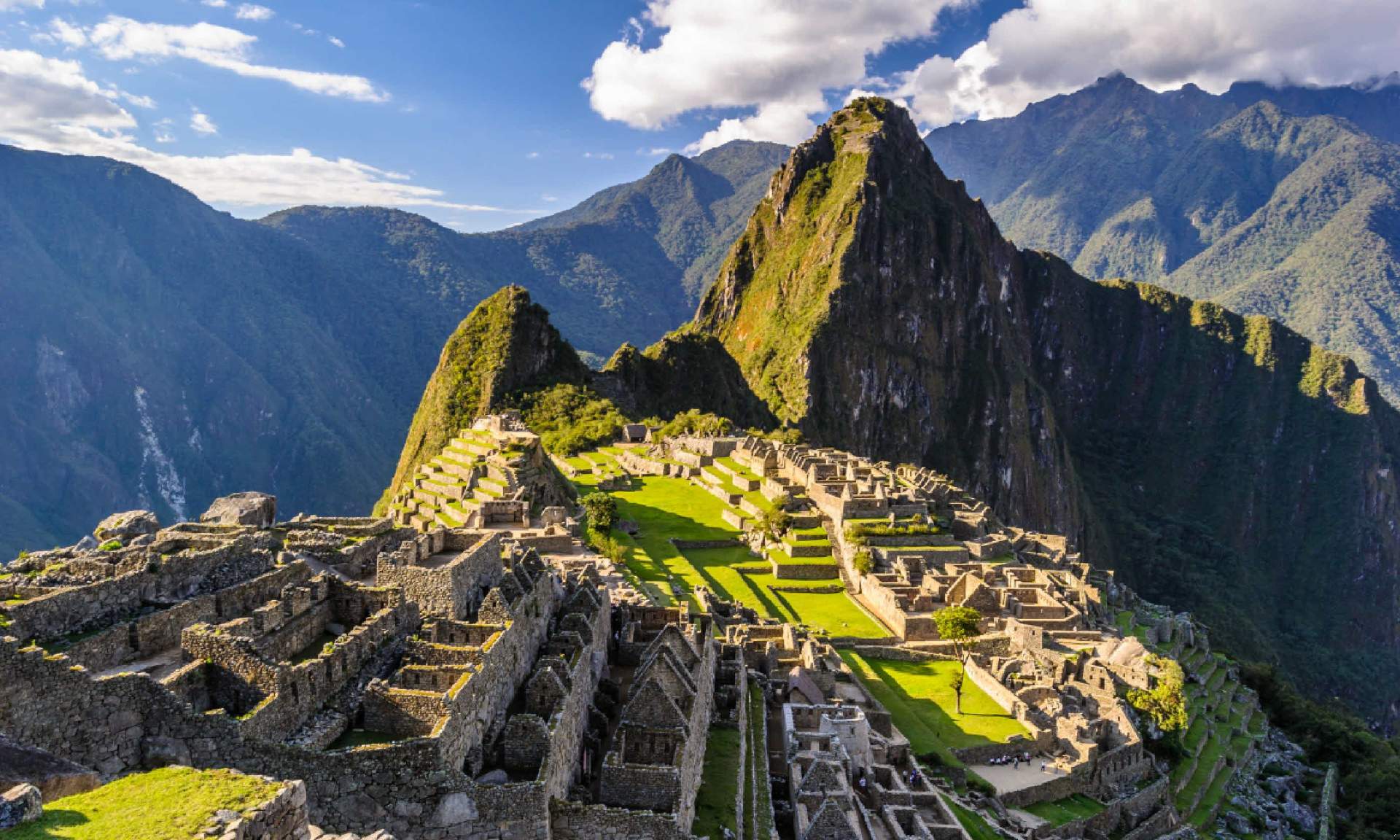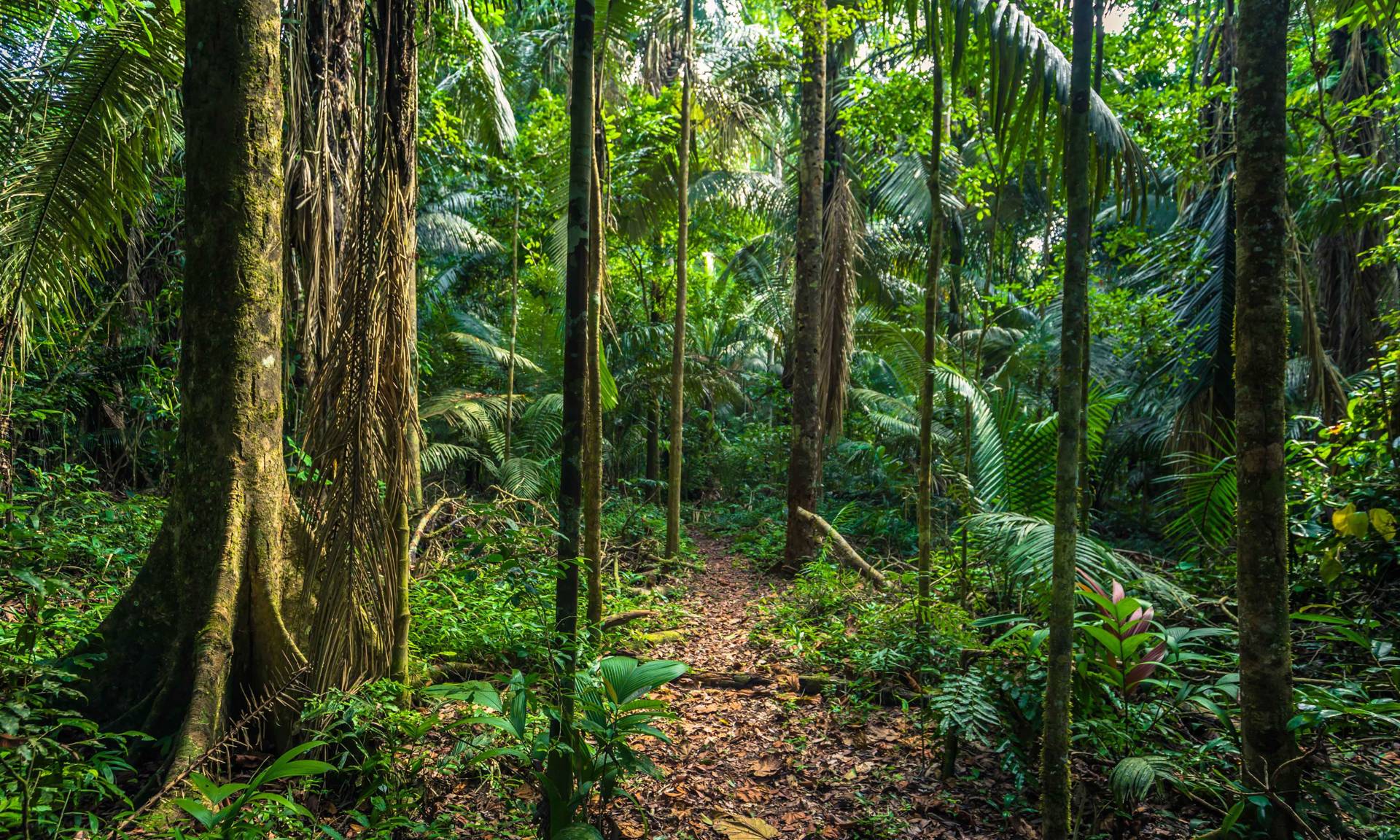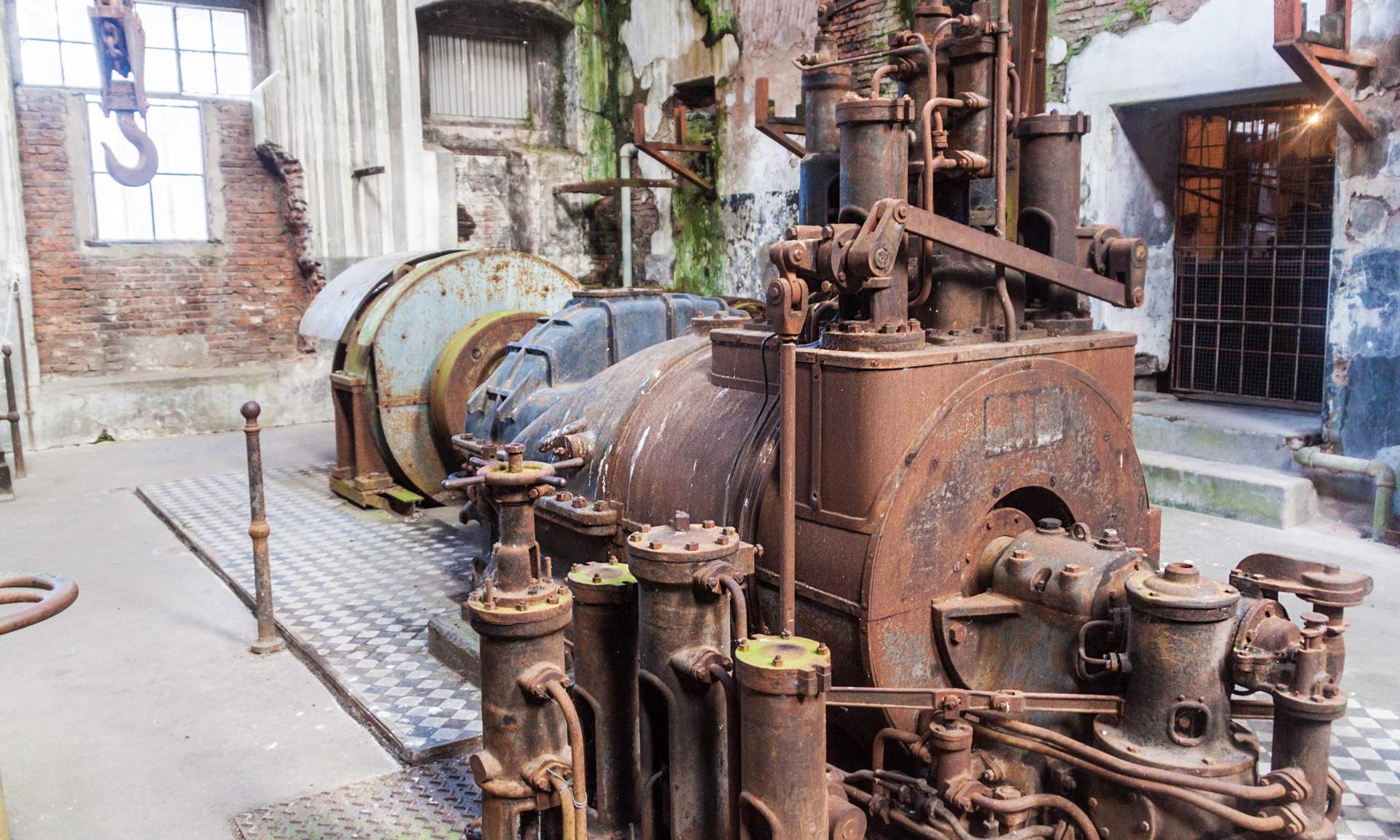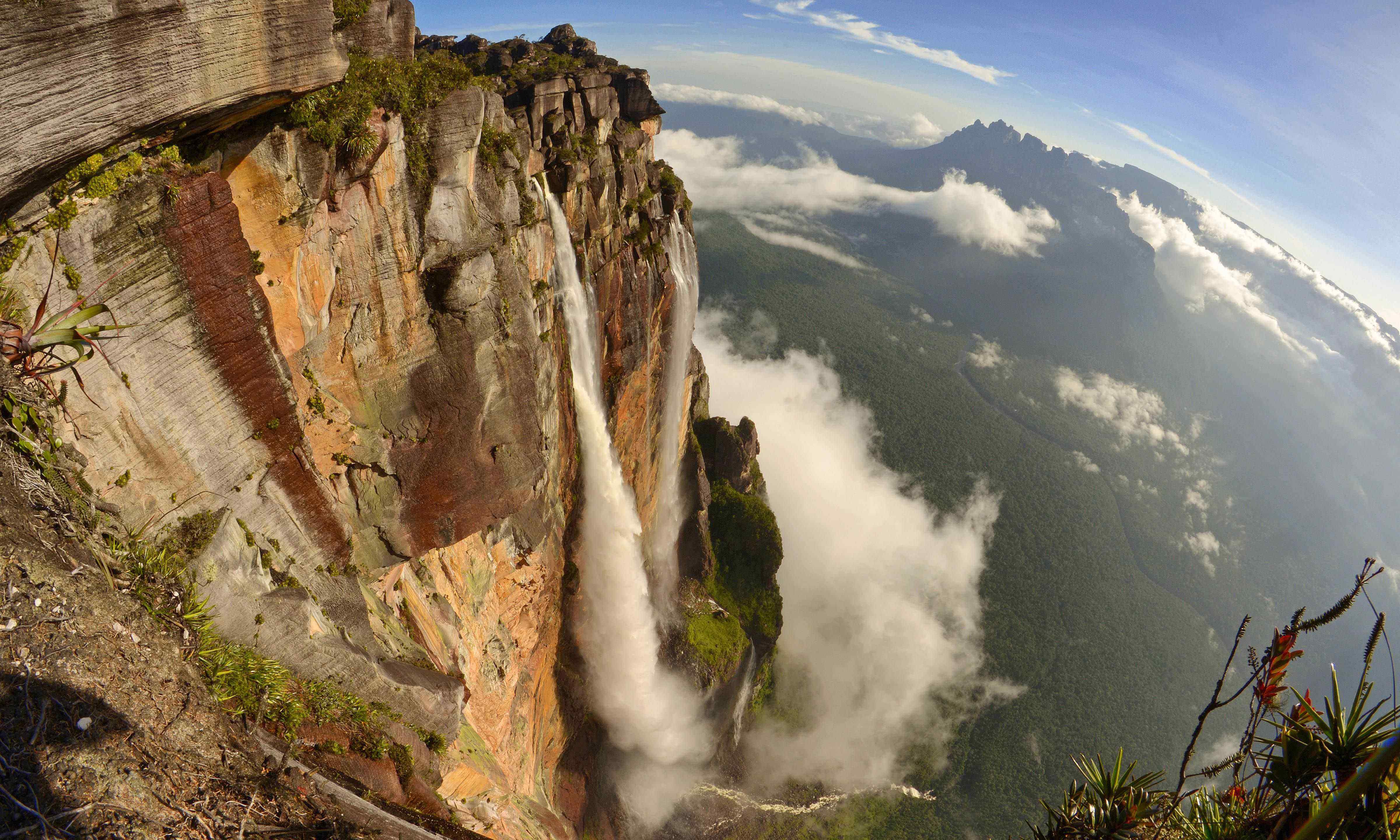1. Château de Brissac, Maine-et-Loire, France

The Castle of Brissac, a renaissance castle rebuilt in the 15th century by one of the ministers to King Charles VII (Shutterstock)
The site: Dubbed as the ‘Giant of the Loire Valley’ this is the highest castle in France boasting seven floors, 204 rooms, numerous portrait galleries, and a private opera house which seats 200 people. It was a fortress built by the Counts of Anjou in the 11th Century and King Louis XIII dropped by in 1620.
The ghosts: The most active is La Dame Verte, (Green Lady), who was apparently the illegitimate child of King Charles VII and was later murdered by her husband in the château in the 15th century after he caught her having an affair. She is often seen in the tower room of the chapel, wearing her green dress, with gaping holes where her eyes and nose should be. When not startling guests by her appearance she can be heard moaning around the castle.
Current situation: The château is a popular hotel that hosts special events such as a Christmas market and tastings of the well-regarded wines, produced from its own vineyards. Guests who are brave enough to stay overnight enjoy rooms lavishly decorated with period furniture.
2. Monte Cristo Homestead, New South Wales, Australia
The site: A late Victorian mansion, with intricate cast iron lattice work, built by wealthy landowner Christopher William Crawley in 1876. Reputedly Australia’s most haunted house.
The ghosts: Take your pick. There’s the young child who was dropped down the stairs, the maid who fell from the balcony or the stable boy who burned to death. The most active, however, is the ghost of the son of the caretaker who was found curled up next to the dead body of his mother and chained up for 40 years.
Current situation: The house currently operates as a B&B, offering dinner followed by a ghost tour where you can learn all about its gruesome past. Those who dare can spend the night in the haunted homestead.
3. Bhangarh Fort, Rajasthan, India

Tourists visiting the ruined fortress in the ancient city of Bhangarh. This palace is said to be cursed and entry during night is prohibited (Dreamstime)
The site: The ruins of a fort city built in the 17th century, Bhangarh Fort consists of fort walls, bazars, havelis, royal palaces, and numerous temples, with three grand storeys you can explore. But do not be fooled by the beauty of these ruins as they are ranked as the most haunted fort in India.
The ghosts: A wizard called Singhia and a princess called Ratnavati who spurned his advances. Legend has it that the enchanted oil he hoped would make her love him turned into a boulder when she threw it away – and it crushed him. But not before he cursed the palace, condemning the inhabitants to death, without any hope of rebirth. Another story suggests a local ascetic cursed the fort because its shadow overpowered his property. And apparently, if anyone attempts to build a roof for the fort, it will collapse.
Current situation: Bhangarh Fort is now an archaeological site, known as the ‘House of Ghosts’. It is possible to hire a guide who can show you around the site and give you the details of its eerie past. Be sure to visit in daylight as the fort is closed between sunset and sunrise, with locals convinced that anyone who spends the night amongst the ruins will never be seen again.
4. Myrtles Plantation, USA

Myrtle’s Plantation has been called ‘one of the most terrifying places in America’ (Shutterstock)
The Site: Situated in the small town of St. Francisville, north-west of New Orleans is the mansion of Myrtles Plantation, boarded by a 125-foot veranda. The stained-glass front door leads into a grand foyer displaying a huge French crystal chandelier.
The ghosts: With 10 people being murdered in the mansion itself, it’s no surprise there have been so many reported ghost sightings, the most famous of which is Chloe, who had her ear cut off by her lover. She wears a green turban, peering intently at visitors while they’re in bed and has even appeared in a photograph. A more recent photo also shows another young girl, known as ‘Ghost Girl’ peering through the window of the house. More eerie sightings include a child bouncing on the beds, a soldier, a voodoo priestess and the ghost of a previous owner who was shot in the chest has been heard staggering up the stairs where he died.
Current situation: Despite being known as the most haunted house in America, the plantation is now a pretty Bed and breakfast offering 12 accommodations. Ghost tours are run from the site and you can choose between daily tours or the spookier and more popular evening tours. And soon a new restaurant on site will bring fresh, local food to visitors.
5. Dragsholm Slot, Denmark

Dragsholm Slot is a haunted hotel in Denmark (Shutterstock)
The site: Dragsholm Slot, or Dragsholm Castle, was originally built in 1215, making it one of the oldest castles in Denmark and reportedly the most haunted castle in all of Europe. In the 16th and 17th century parts of it were used to house prisoners of noble or ecclesiastical rank, and in 1694 it was rebuilt in a Baroque style.
The ghosts: The castle is thought to be home to at least 100 ghosts including the Earl of Bothwell, the husband of Mary Queen of Scotts who died as a prisoner in the castle. You may also see the White Lady wandering the halls, who’s skeleton was found encased in a wall by builders in 1930.
Current situation: The castle has been transformed into a luxurious hotel with lavish rooms and a Michelin-rated restaurant serving locally sourced food. The hotel offers their own guided tour explaining the history of the building but for a truly terrifying experience, book a ghost tour including a two-night stay, a tour highlighting the spooky occupants and dinner at the gourmet restaurant.
6. Ancient Ram Inn, Gloucestershire, England

The Ancient Ram Inn in Gloucestershire (Shutterstock)
The site: Built in 1145, the inn was used by priests who kept slaves and workers in there to help build the St. Mary’s Church. Located in Wotton-under-edge, it is situated on two ley lines, places believed to have spiritual energy from Stonehenge. It has also been reported that it was the scene of a child sacrifice and devil worshipping.
The ghosts: It is widely believed that the redirecting of water on the Ancient Ram property caused a portal for dark energy to open up, meaning many ghosts haunt the inn. The ‘Witch’s Room’ is said to be haunted by a woman burnt at the stake in the 1500s as she was accused of being a witch. A high priestess has been spotted sitting on a bed, a centurion on horseback has been seen walking through the walls, the agonising screams of a girl heard, a monk in the most haunted room and even a succubus is said to slip into the beds of visitors.
Current situation: Despite being well known as one of the most haunted places in the world, featuring on TV programs such as ‘Most Haunted’ and ‘Ghost Adventures’, the inn has changed hands several times in the recent past, making the owners difficult to track down. However, many paranormal events are hosted at the inn.
7. Castle of Good Hope, Cape Town, South Africa

An overview of the De Kat Balcony within the Castle of Good Hope which is South Africa’s oldest structure (Dreamstime)
The site: Built in the 17th century by the Dutch East India Company, the Castle of Good Hope is South Africa’s oldest building.
The ghosts: The first ghost was spotted in 1915 when the apparition of a tall gentleman was seen jumping off the side of one of the castle walls, and then walking between the bastions Leerdam and Oranje. Another famous ghost, the Lady in Grey, was often seen running through the castle holding her face and crying hysterically, but has not been seen since a woman’s body was found during excavations.
Other unexplained events include the bell in the bell tower ringing of its own accord and the ghost of a black dog that pounces on unsuspecting visitors, then simply vanishes into thin air.
Current situation: Arguably one of the world’s best preserved 17th century buildings, the castle is now a popular tourist attraction with three prestigious museums, a memorial to Krotoa the leader of the Khoi nation and an opportunity to learn more of the hidden history surrounding the castle on a guided tour. You can also eat in the restaurant in the front courtyard and watch the Key Ceremony and cannon firing.
8. Hell Fire Club, Montpelier Hill, Ireland

The ruin of former hunting lodge Hell Fire Club, atop Montpelier Hill in Dublin, Ireland (Shutterstock)
The site: The Hell Fire Club was a hunting lodge, built in 1925 for William Connolly, an Irish parliamentary speaker. The stones of the buildings are from ancient passage tombs, said to have angered the Devil, which first associated the site with the supernatural.
The lodge reportedly became a gathering place for a small group of Dublin elites who met for debauchery and devil worship. Its ruins sit atop the summit of Montpelier Hill in the foothills of the Dublin Mountains.
The ghosts: Tales of animal sacrifice, black masses, cloven-hoofed men and murder are linked to the structure. The most popular tale tells of a visit by a satanic creature, in the form of a man, who was only discovered when one of the players dropped a card and on picking it up, noticed the guest had cloven feet.
On his discovery, the creature disappeared in a ball of flames. There are stories about a big black cat, the size of a dog who took on a priest and haunts the lodge. The most regular ghostly visitor is a young lady, believed to have been placed in a barrel, set on fire and rolled down the hill for fun.
Current situation: The Hell fire club is a popular stopping point on a walking trail through the Dublin Hills. Ghost tours of the site are also available, with extra tours running for the week of Halloween.
9. Banff Springs Hotel, Alberta, Canada

View of the Banff Springs Hotel building in Canada’s Rocky Mountains (Dreamstime)
The Site: Styled after a Scottish baronial castle, The Banff Springs Hotel in Alberta Canada, is one of Canada’s great railway hotels and reportedly one of the most haunted buildings in the country.
The ghosts: There’s a bride who fell down the staircase breaking her neck after panicking when her dress caught fire. She is often seen in the ballroom dancing, with the flames coming from the back of her dress. A family were murdered in room 873. The door to this room has since been bricked up, but the family can still be seen in the hallway outside the room.
And former bellman, Sam Macauley who served at the hotel during the ’60s and ’70s still likes helping guests up to their rooms, dressed in his ’60s uniform. If you try to tip him or make conversation, he disappears.
Current situation: Now part of the Fairmont chain of luxury hotels, the Banff Springs, also known as ‘The Castle in the Rockies’ still remains a landmark in the town of Banff, Alberta and remains a popular year-round resort.
10. Poveglia Island, Italy

Is Poveglia Island the scariest in the world? Well, we wouldn’t be too surprised if it was… (Shutterstock)
The site: In the Venice Lagoon between Venice and Lido, this small island was a place where mainlanders fled to seek refuge from invaders. In the 14th century Venetians infected by the Bubonic plague were sent here to die – and, when they died, they were burned on giant pyres. The site was also used as a mental asylum during the 1800s where patients were experimented on and tortured.
The ghosts: Ask a local and they will tell you the island is full of ghosts and cursed with unhealthy spirits. Voices and screams are often heard, and visitors have reported seeing dark, fleeting shadows. Many visitors say they begin to feel an oppressive evil feeling as soon as they step on the island.
Current situation: Despite nearly being auctioned off to an entrepreneur, the island remains totally abandoned and off bounds to most visitors. Even if you were allowed to go to the island, you’d be hard to find someone willing to take you as many locals won’t step foot on Poveglia for fear of being cursed and fisherman refuse to fish in the area, worried they’ll drag up human remains.
11. The Separate Prison, Port Arthur, Australia

The haunted corridors of the Separate Prison (Shutterstock)
The site: Until the late 1800s, the Separate Prison in Tasmania’s secluded Port Arthur housed some of Britain’s toughest criminals. Taking inspiration from the works of British writer Jeremy Bentham, this panopticon-style prison block thrived on completely isolating prisoners to a torturous degree.
The Separate Prison operated a ‘silent system’, where prisoners were hooded, placed in solitary confinement and forbidden to speak to anyone. Conditions were so unbearable that countless inmates would murder their fellow prisoners. They’d rather face the death penalty than spend another minute there.
The ghosts: Hundreds of hooded inmates are said to wander the halls at night, a handful of the thousand people buried in the unmarked burial ground.
Current situation: Port Arthur is a now a historic site museum open to the public. There are (chilling) nightly ghost tours if you’re feeling brave.
12. La Recoleta Cemetery, Buenos Aires, Argentina

A tomb in Cementerio de la Recoleta (Shutterstock)
The site: Located in the Recoleta neighbourhood of Buenos Aires, the Cementerio de la Recoleta is regarded as one of the most beautiful cemeteries in the world. First built in 1822, it is full of ornately-designed tombs, elaborate sculptures and mature shady trees. Buenos Aires’ best and brightest are buried here, including actress Eva Perón, the former First Lady of Argentina.
The ghosts: There are reportedly multiple spirits wandering the grid-like aisles of Recoleta. One of the most famous stories is of Rufina Cambaceres, a wealthy 19-year-old woman, the daughter of a beloved Argentine author.
Urban legend states that heavy rain postponed her burial. When the groundskeeper returned to the tomb to lay her to rest once the weather cleared, he found Rufina’s coffin lid ajar, with scratch marks on the inside. The legend goes that she had been buried alive, and woke in her coffin after suffering a case of ‘catalepsy’.
If you hear a jangling noise in the breeze, they may be the ghostly keys of David Alleno, a gravedigger who worked at the cemetery for 30 years. He killed himself at the cemetery, allegedly after his tomb was completed, and was buried on site.
Current situation: While still a functioning graveyard, Cementerio de la Recoleta remains a popular destination for locals and tourist alike. Pick up a map at the entrance to help you negotiate your way around the 6,400 graves.
13. Jazirat Al Hamra, United Arab Emirates

An abandoned building in Jazirat al Hamra (Shutterstock)
The site: Once a flourishing pearl fishing village, Jazirat Al Hamra near Ras Al Kaimah was completely abandoned in the 1960s. Some say it was because of tribal conflicts, whole others blame the changing tides. The most popular theory is that the residents were driven away by ghosts.
The ghosts: Local legend has it that the ruins are haunted by malicious djinns who wander the dirt roads of the town disguised as animals. Visitors regularly hear strange noises and spot apparitions amongst the mud-coral houses.
Current situation: The ruins are regularly used as a film set by Hollywood directors, such as Michael Bay. Each year, residents of nearby towns and cities gather to have a party in the town.
14. The Langham Hotel, London, England

The Langham Hotel on Regent Street (Shutterstock)
The site: The 153-year-old Langham Hotel has long been a staple of the high life in London. Literary legends Oscar Wilde and Mark Twain stayed here. And the luxury accommodation provides the setting for a famous Sherlock story, A Scandal In Belgravia, by Arthur Conan Doyle.
The ghosts: As befits one of London’s finest five star hotels, the ghosts that haunt the corridors here are a cut above, too. Reports have suggested that there are at least five ghosts in the 500-room establishment, with room number 333 rumoured to be the most haunted of all.
Given the size of the hotel and its lengthy history, you could potentially run into any number of spirits. However, your haunting encounter could potentially be with one of the Langham’s most esteemed ghostly guests, such as Napoleon III, the first president of France, or a German nobleman, who was said to kill himself in the hotel.
Current situation: Re-branded as the Langham Hilton in 1991 after a £100 million refurbishment, the hotel remains one of London’s most iconic hotels.
15. Teatro Tapia, San Juan, Puerto Rico

Teatro Tapia (Creative Commons: Bjoertvedt)
The site: First built in 1824, the Italian-style horseshoe-shaped opera house in San Jua, Puerto Rico has been the centre of the city’s cultural life for over 100 years. Don’t let its supernatural connection put you off. It’s worth a visit for its unique design alone.
The ghosts: The stalls here are said to be haunted by the spirit of an actress who fell to her death during a performance. She returned to haunt the venue from beyond the grave and can still be heard, at times, singing from the stage. There have even been reports of doors slamming shut backstage.
Current situation: Teatro Tapia, in addition to its fame as one of Puerto Rico’s most haunted sites, hosts a full calendar of more earthly events including frequent ballet and opera performances.
16. Taj Mahal Palace, Mumbai, India

Ferries jostling in front of the Taj Mahal Palace (Shutterstock)
The site: Arguably the grandest hotel in Mumbai, if not India, the 560-room Taj Mahal Palace has been the place to wine, dine and sleep since the days of the Raj. It has put the tragedy of the 2008 terrorist attacks behind it, to take centre stage in the city again.
The ghosts: One of the hotel’s architects, W. A. Chambers, threw himself from the fifth floor balcony. Apparently, he was distressed when he returned from a trip abroad to discover that the hotel’s design had gone in a completely different direction in his absence. In a tragic twist of fate, his ghost is said to wander the halls and the Old Wing of the hotel.
Current situation: Still one of India’s most glamorous hotels, rooms start from £200.
17. Carl Beck House, Ontario, Canada

Carl Beck House (Airbnb)
The site: This large, picturesque county house was built by Canadian lumber magnate, Carl Beck. After his wife died, his eldest daughter Mary took over as head of the household. Despite raising her younger siblings, she was left only a single dollar in her father’s will. The rest of the estate was divided amongst the siblings that she’d given up her life to care for.
The ghosts: Guests staying at Carl Beck House have reported seeing a suited-up man being chased by a very angry woman wearing a dark-coloured blouse and skirt. No prizes for guessing who they are.
Current situation: You can spend the night Carl Beck House on Airbnb, with prices starting from $98 a night. If you’re unafraid of a thrill, that is. The house frequently lands on lists of the most haunted Airbnb properties you can stay in.
18. Chaonei Church, Beijing, China

The ruins of Chaonei Church (Creative Common: Daniel Case)
The site: Chaonei 81, commonly known as Chaonei Church, was first built in 1910, not as a church but as the North China Union Language School to teach Mandarin Chinese to missionaries from the West.
From the 1930s, the Chaoyangmen neighborhood of Beijing’s most imposing house served as a Catholic church, until the communist government took control of the building in the 1950s. Truth be told, there’s still a bit of dispute as to the building’s true origins.
The ghosts: One grisly tale about Chaonei Church’s origins suggests it was the home for a Chinese National Party official in 1949. That story didn’t end so well.
So, depending on your luck, you’ll either come across the government official’s mistress, who killed herself there after their break up, or a group of three drunk construction workers who broke into the building and were never seen again.Eerily, the temperature of the house is said to be much colder than the rest of Beijing, even during the summer.
Current situation: The house is still abandoned, though. It’s considered the most haunted place in Beijing, and is left undisturbed by the city’s wider population, wary of the ghostly householders. Unless, of course, there’s an opportunity to film a movie there…
19. Kellie’s Castle, Batu Gajah, Malaysia

Kellie’s Castle in Batu Gajah, Malaysia (Shutterstock)
Site: This unfinished mansion, built in a Moorish revival and Indo-Saracenic style, was started by a Scottish planter named William Kellie-Smith. It was meant to be a as be a gift to his wife, but sadly he died of pneumonia in Lisbon, Portugal, where he was visiting to purchase a lift for the property.
Neither his wife nor his children could bear to return to the property, and other family didn’t wish to return to Malaysia, so it was left to decay and become derelict.
Ghosts: Photographers visiting the area for its nature and wildlife have claimed to see ghostly figures standing by the window frames. The man himself, Mr Kellie-Smith, despite dying in Portugal, is still said to haunt the second-floor hallway, no doubt disappointed his grand vision was never completed.
Current situation: Kellie’s Castle still stands to this day, and you can embark on a private tour to fully explore the building and its history. Tours are available daily from Kuala Lumpur, which is two hours away.
20. Casa de la Poesia, Bogotá, Colombia

Casa de Poesía Silva, Bogotá, Colombia (Poesía Silva)
The site: Located in the Candelaria neighbourhood of Bogotá,Casa de la Poesia was the home of the great Modernist poet José Asunción Silva. He was known to be quite morbid, and lived through several personal tragedies, including the death of his beloved sister, Elvira.
He also lost his many of finest works – handwritten manuscripts – during a shipwreck. José died in the house in 1896, at the young age of 30.In 1995, it was declared a Colombian national monument for its historic significance.
The ghosts: Señor Silva himself is said to still haunt his house. Visitors frequently report hearing the poet muttering under his breath from other rooms.
Current situation: Casa de Poesía Silva remains a listed national monument in Colombia. Visitors and locals alike can see the house during one of its regular poetry readings or literary workshops.
Discover more of the world’s spooky stuff:













